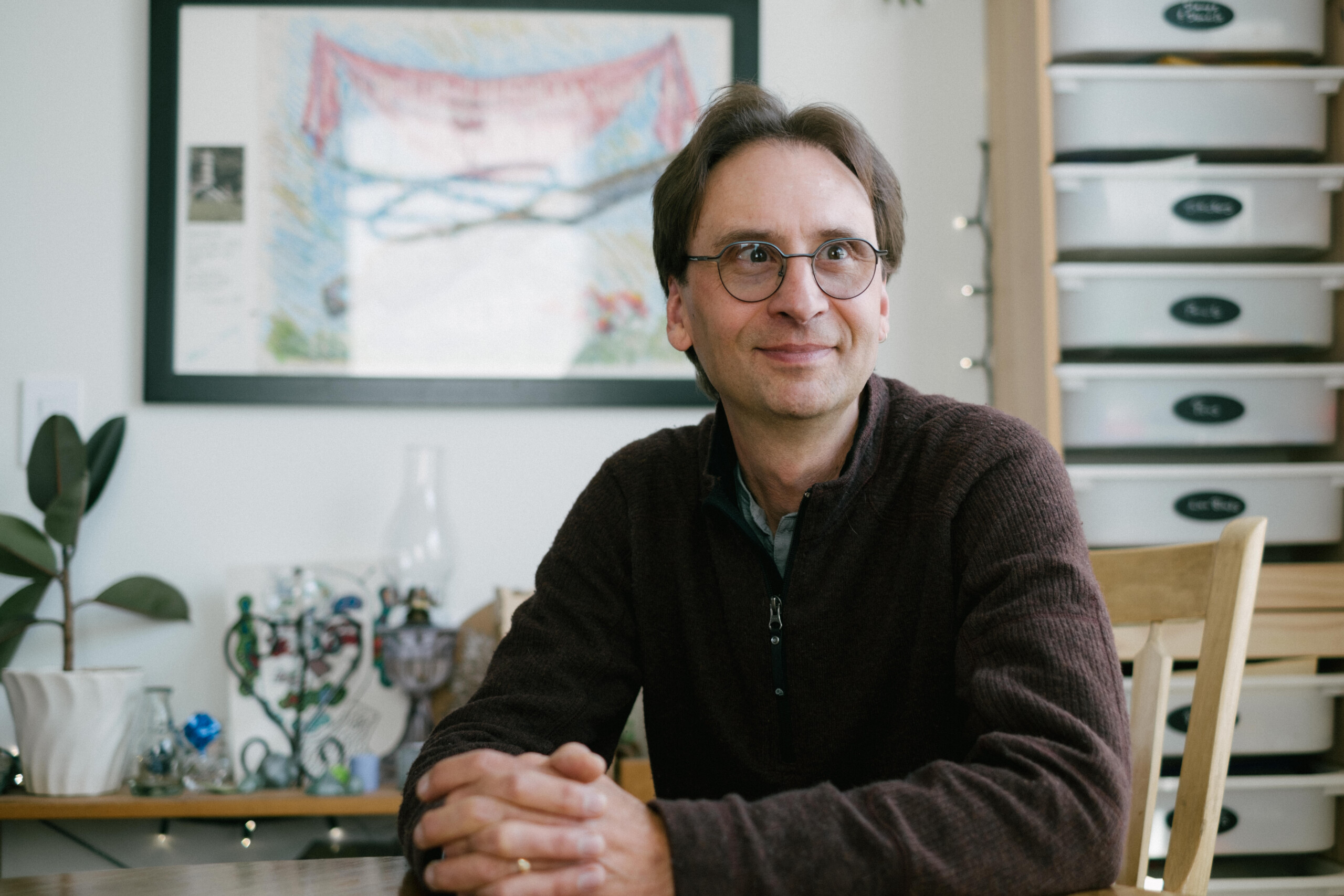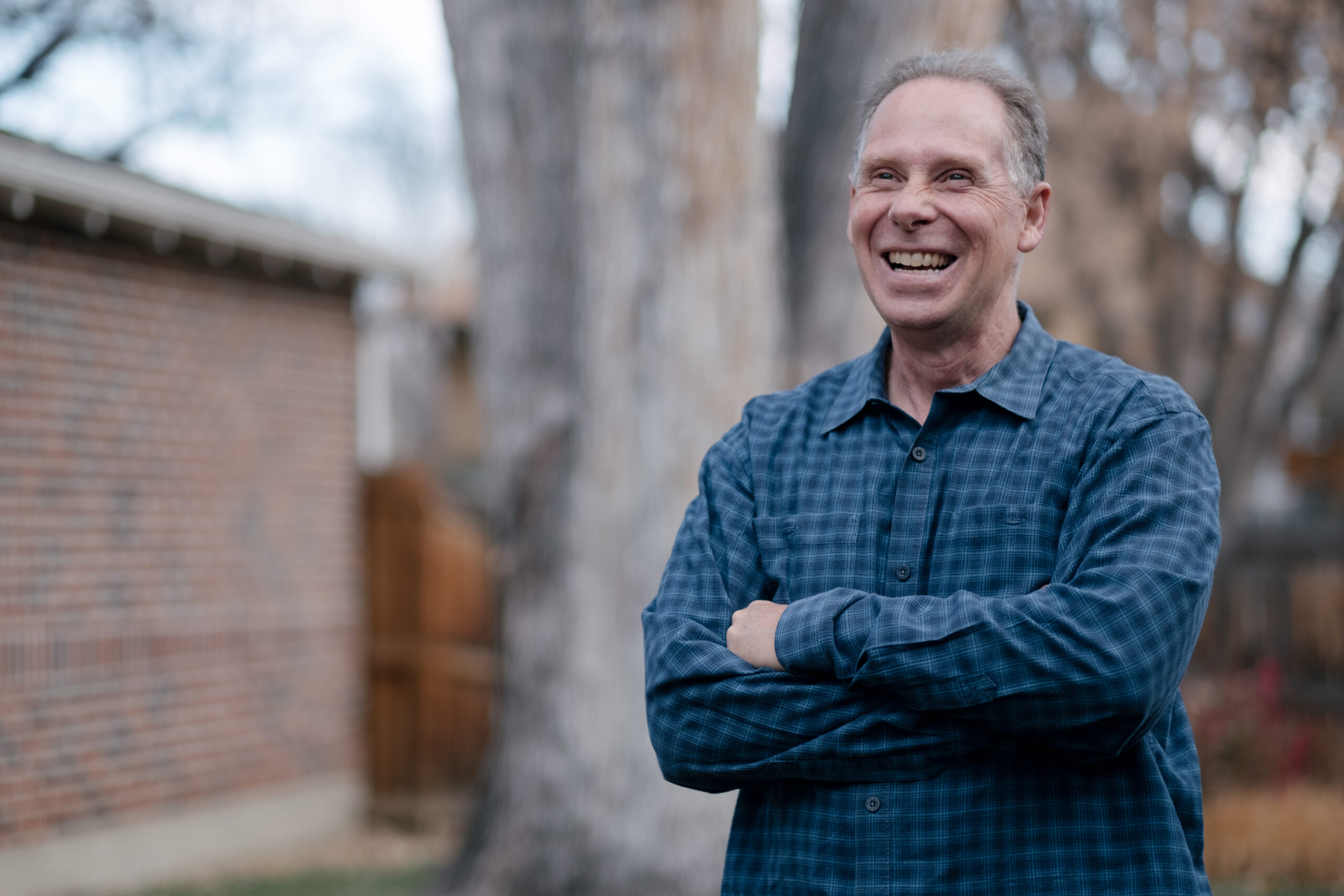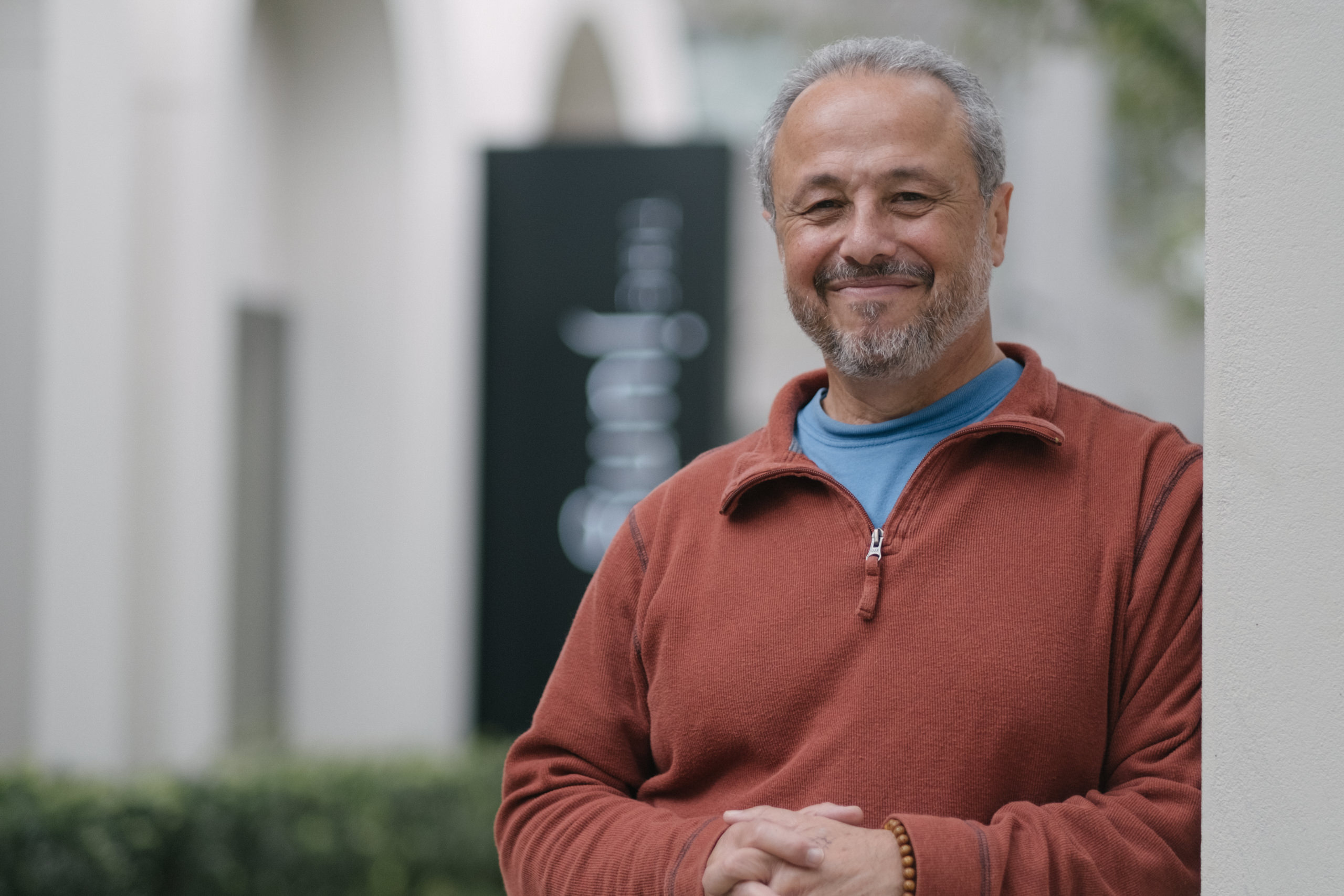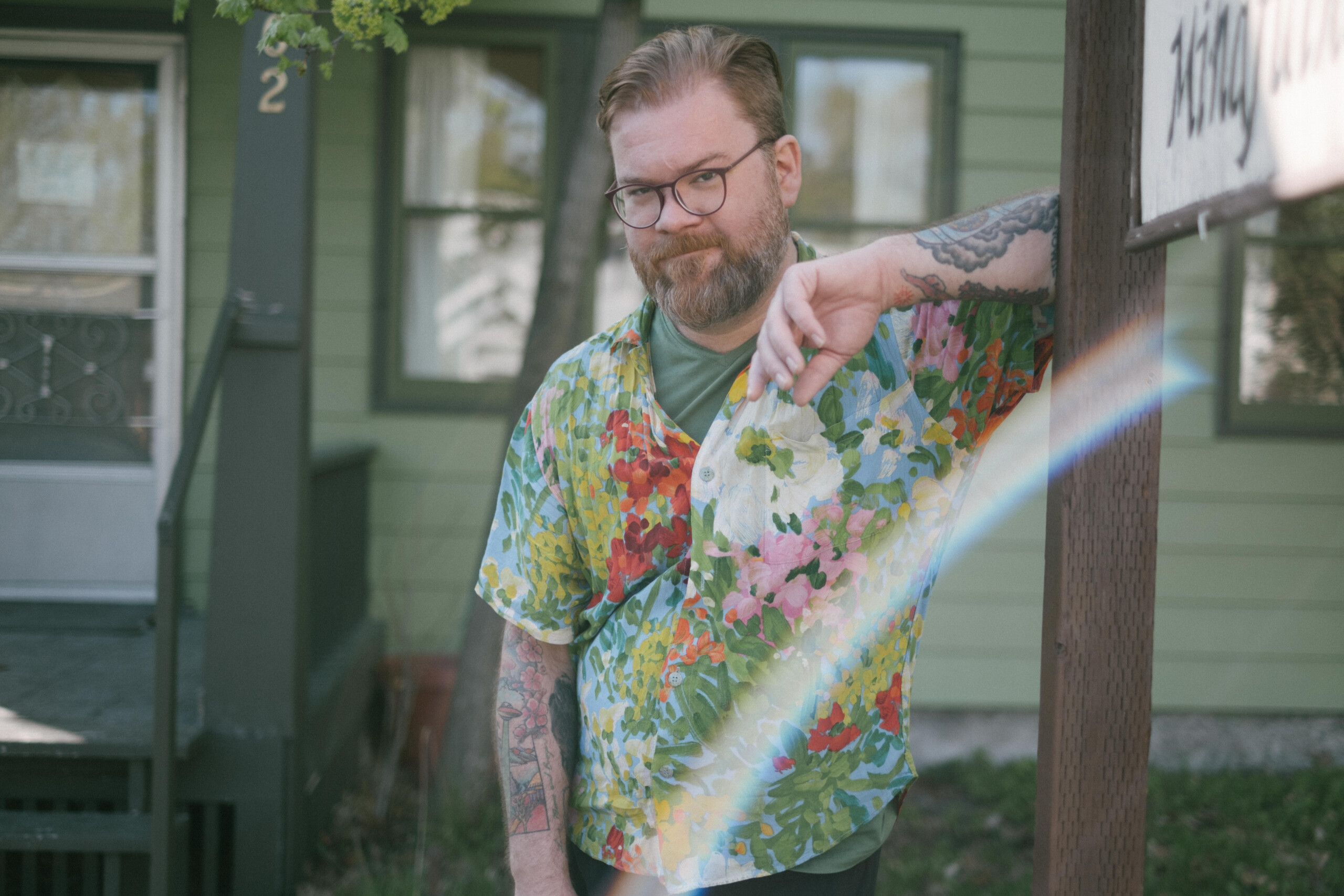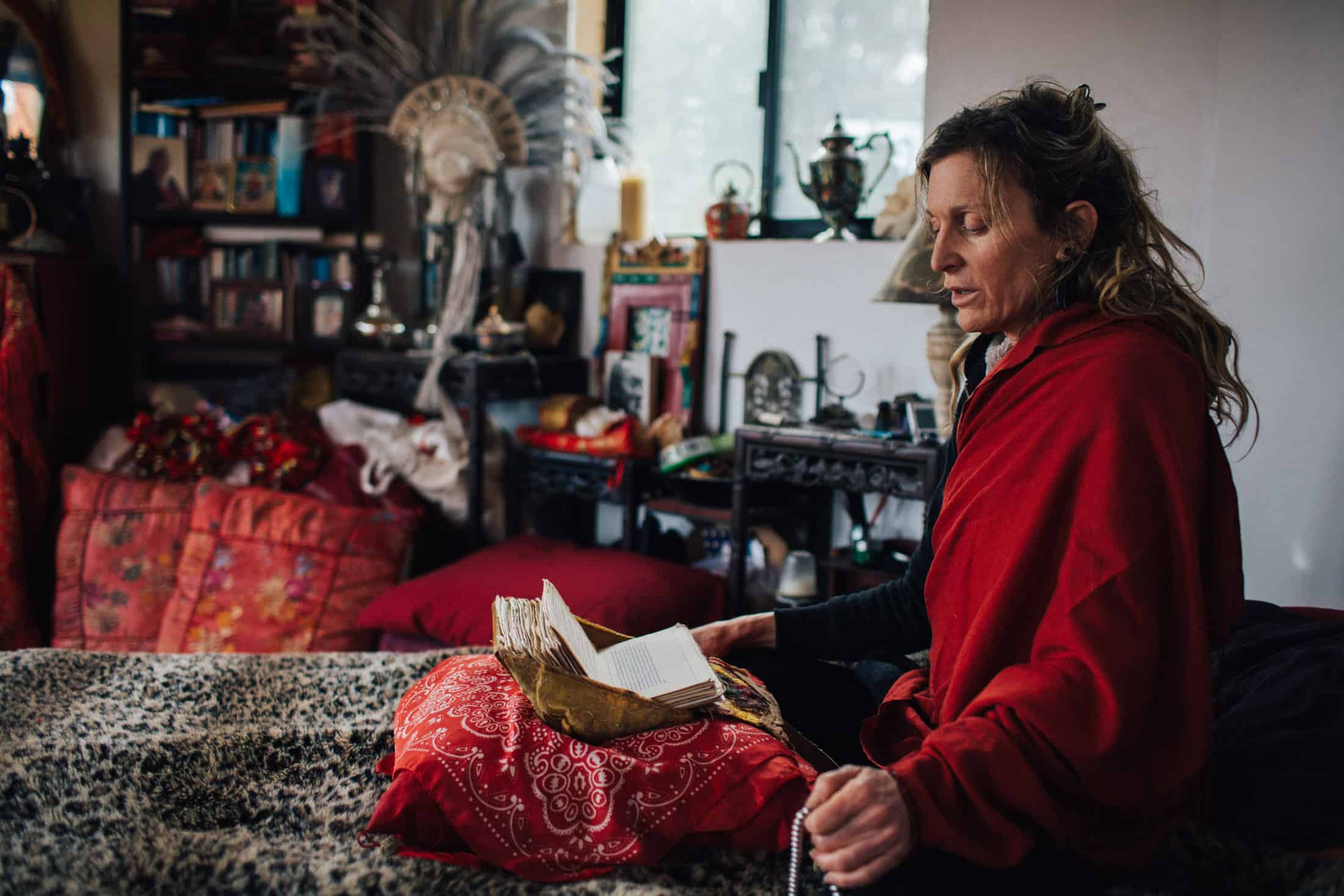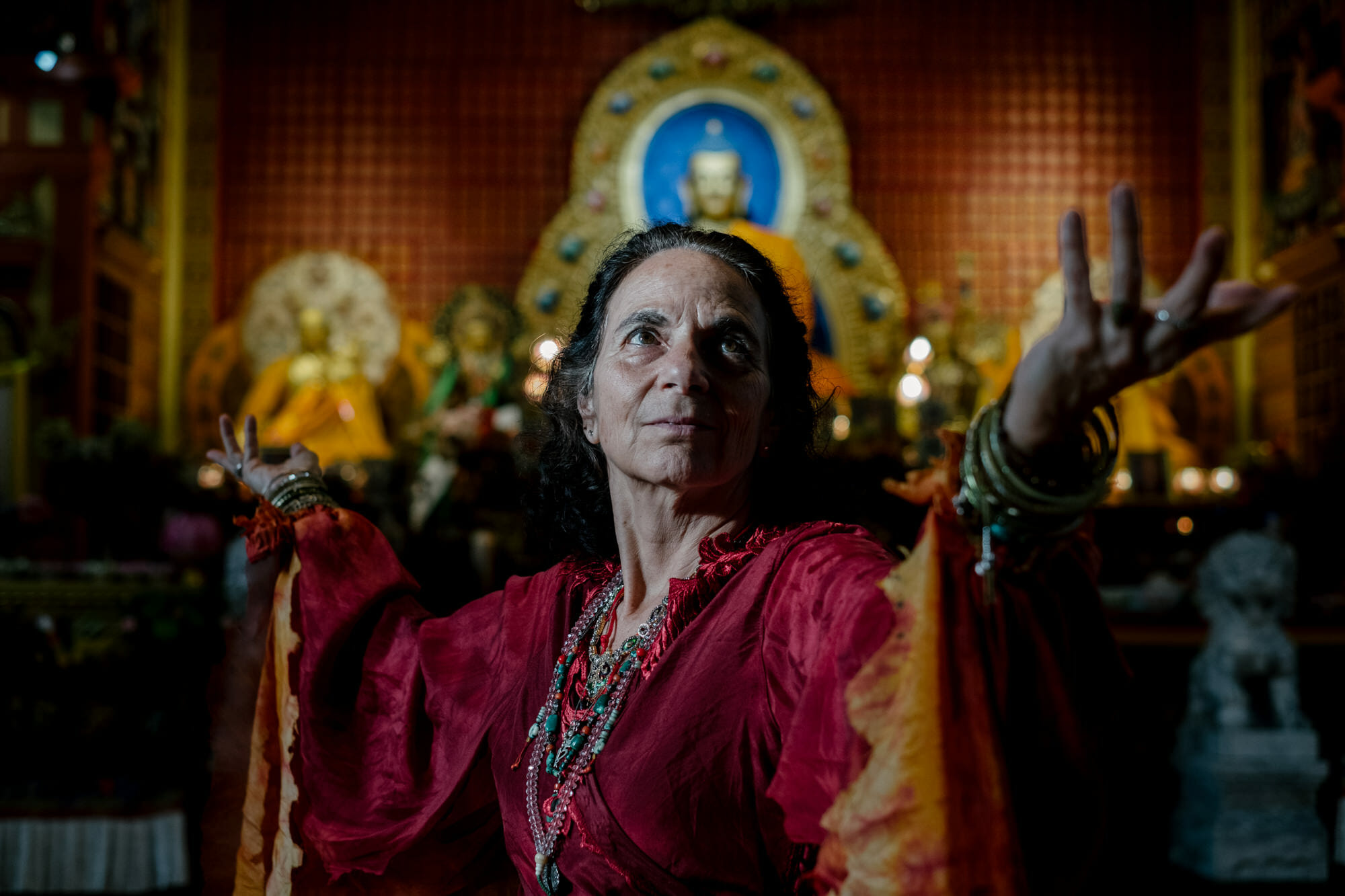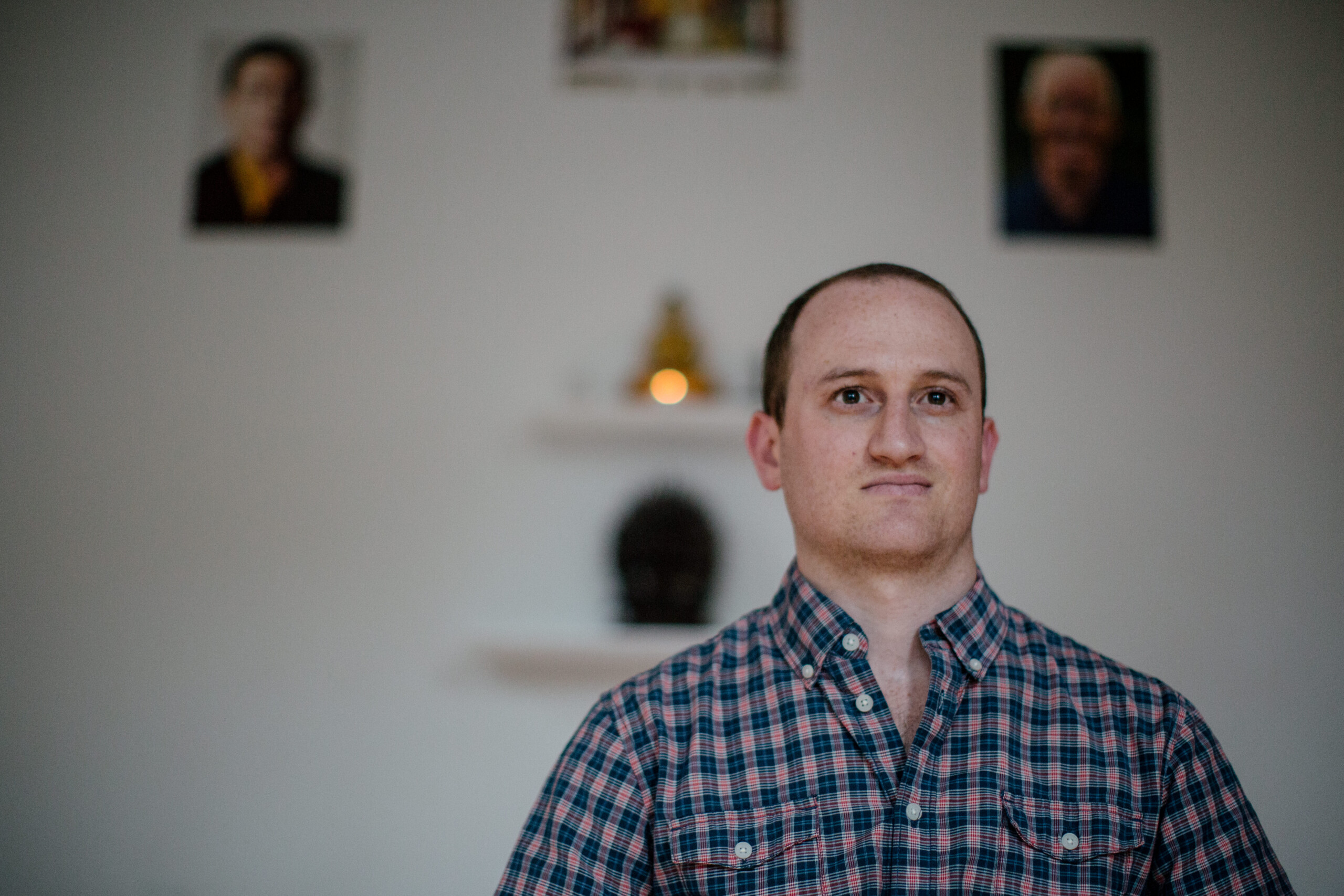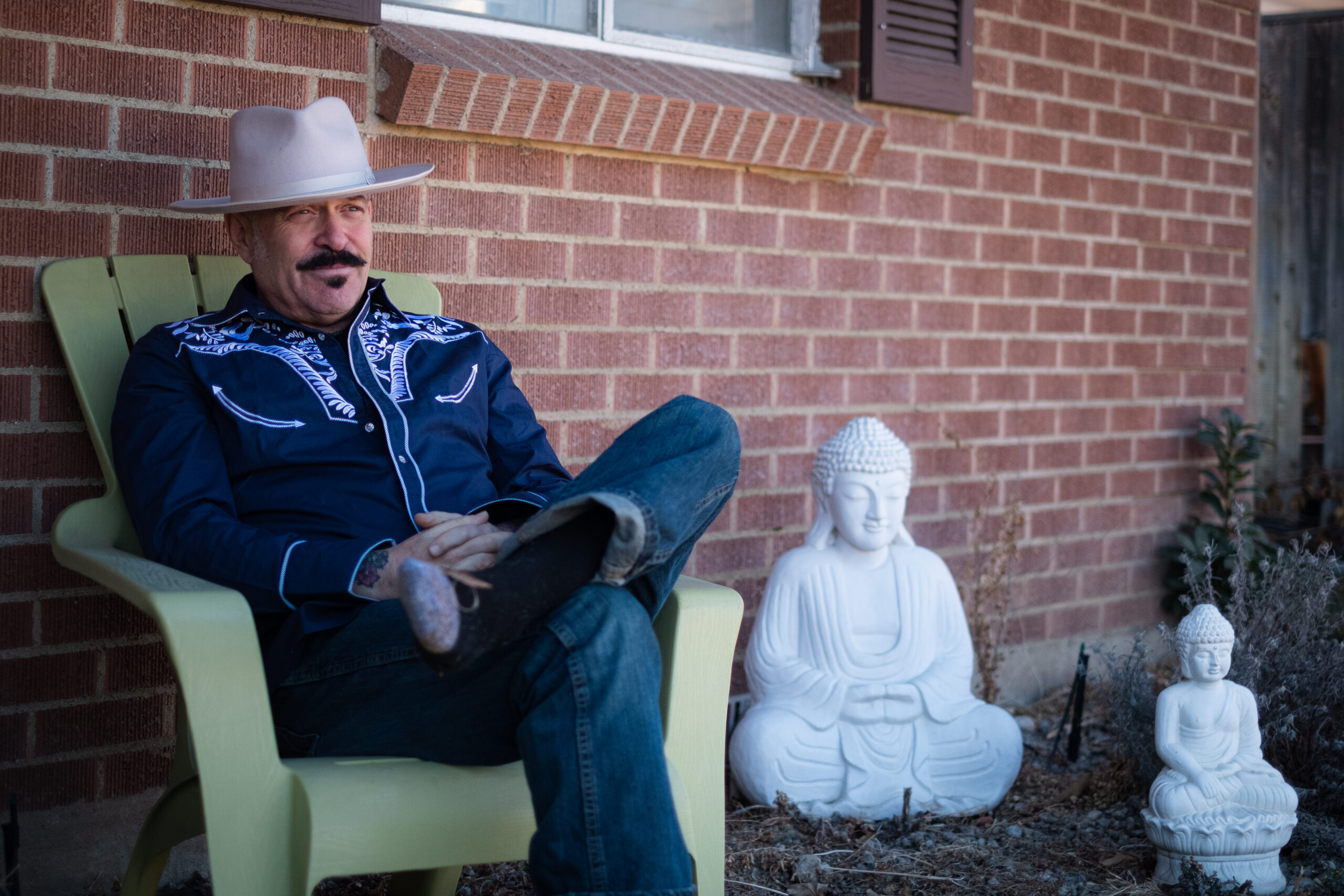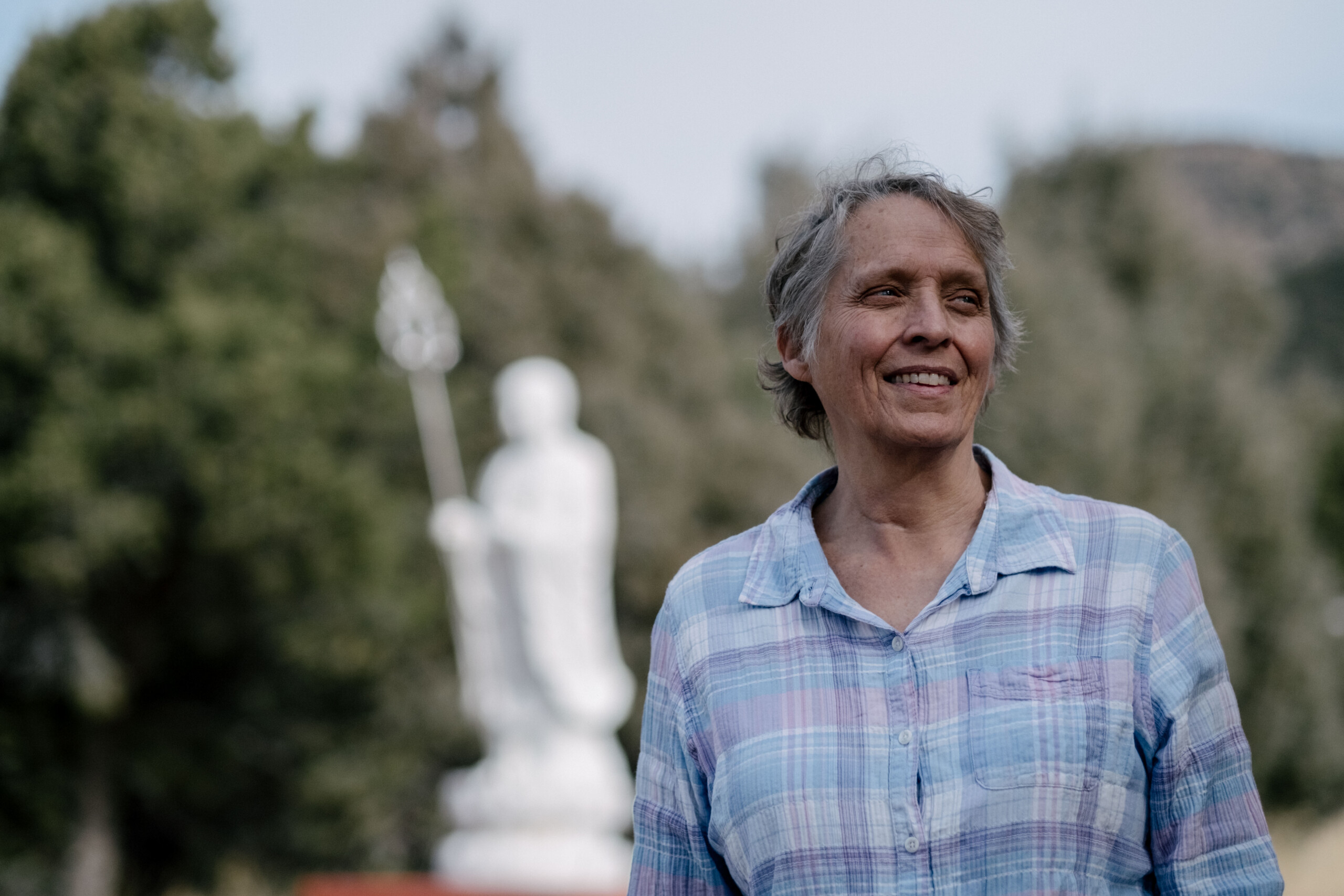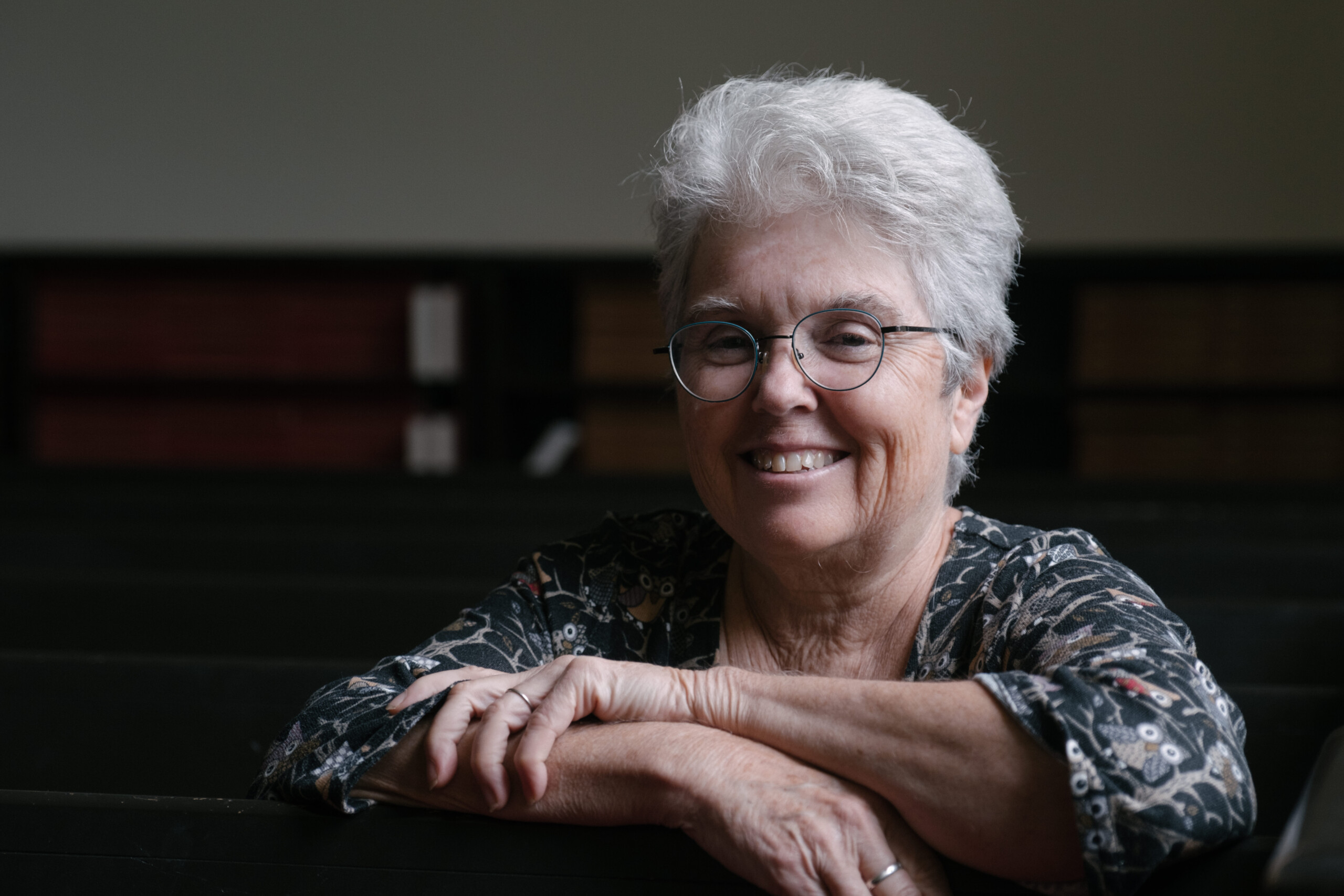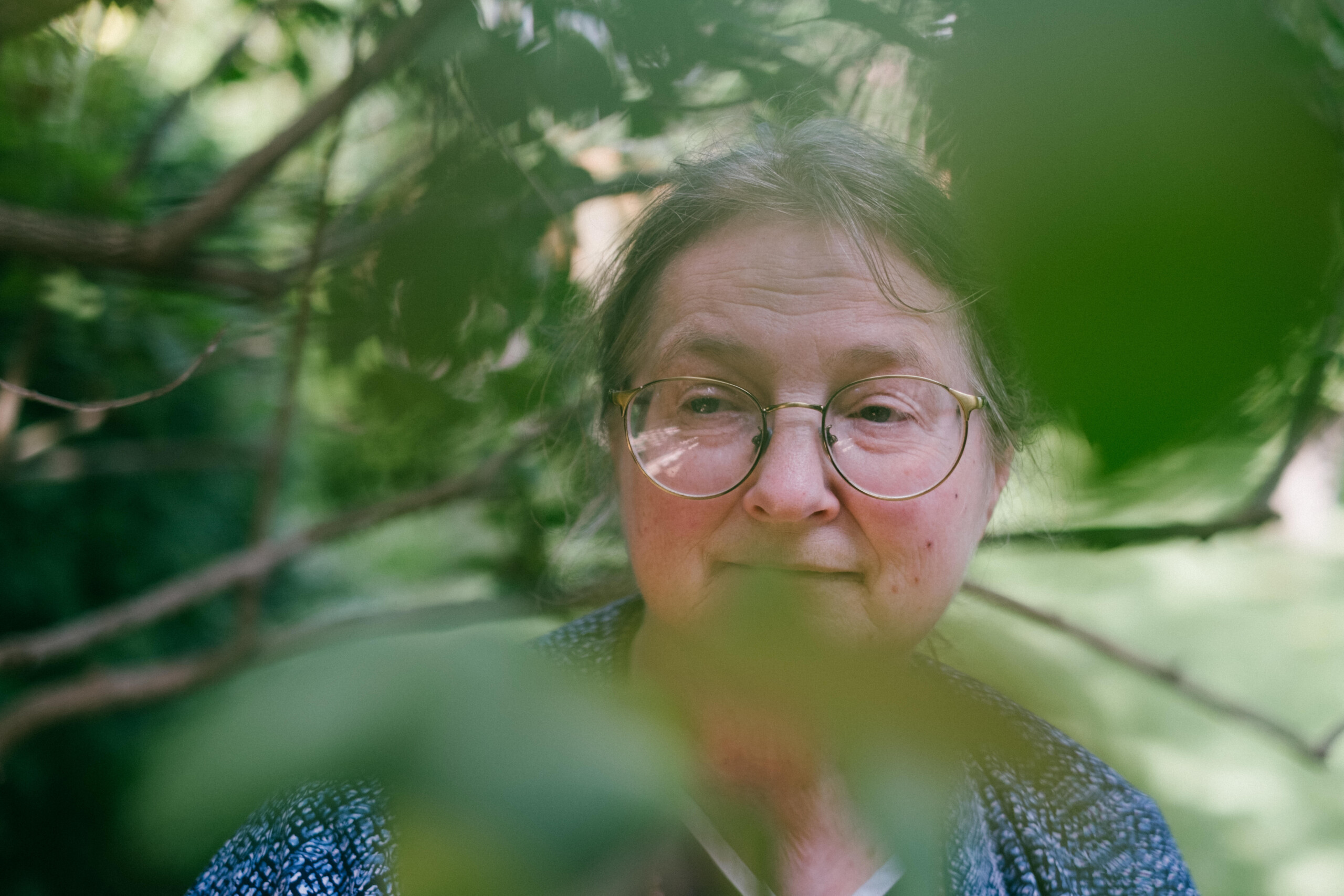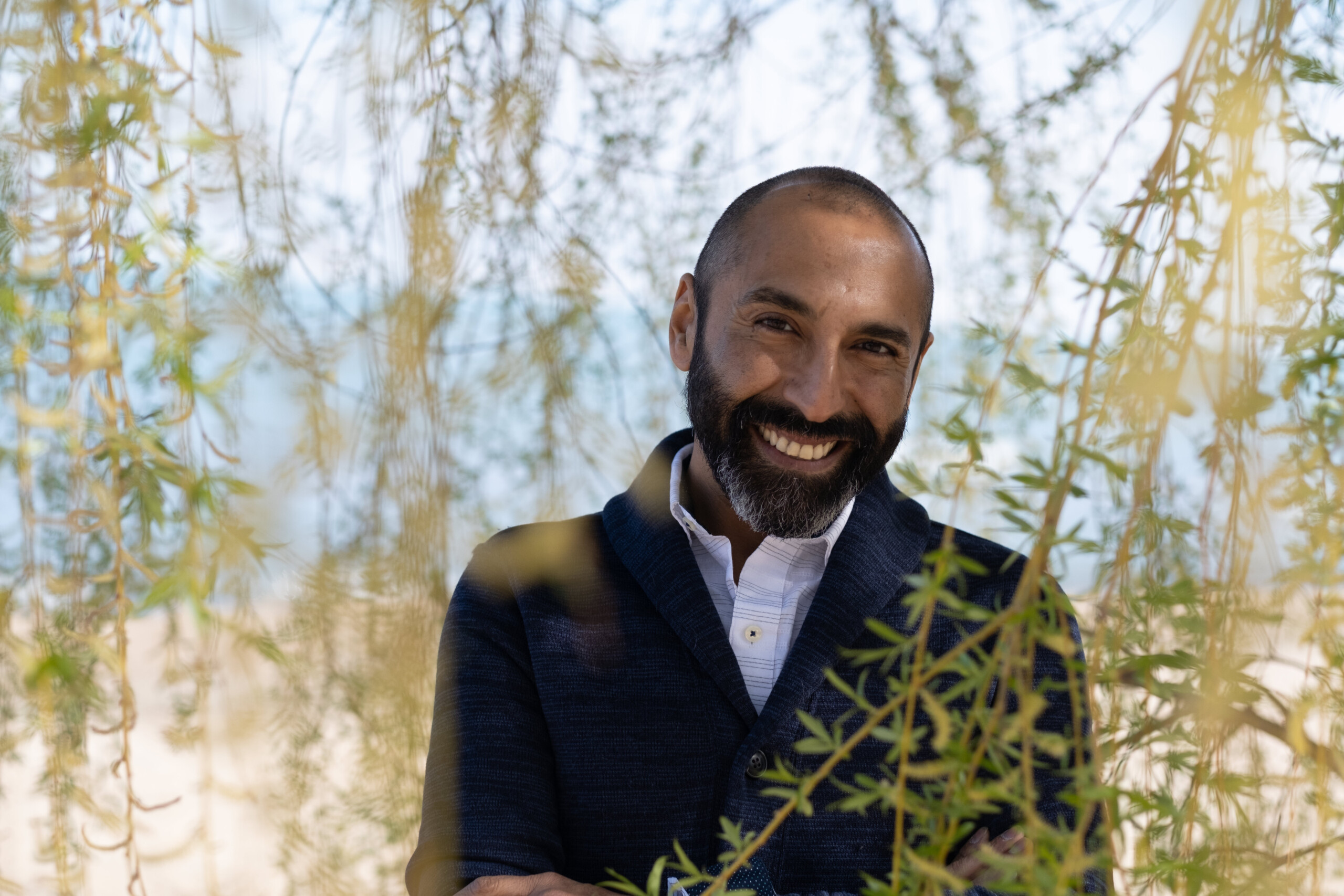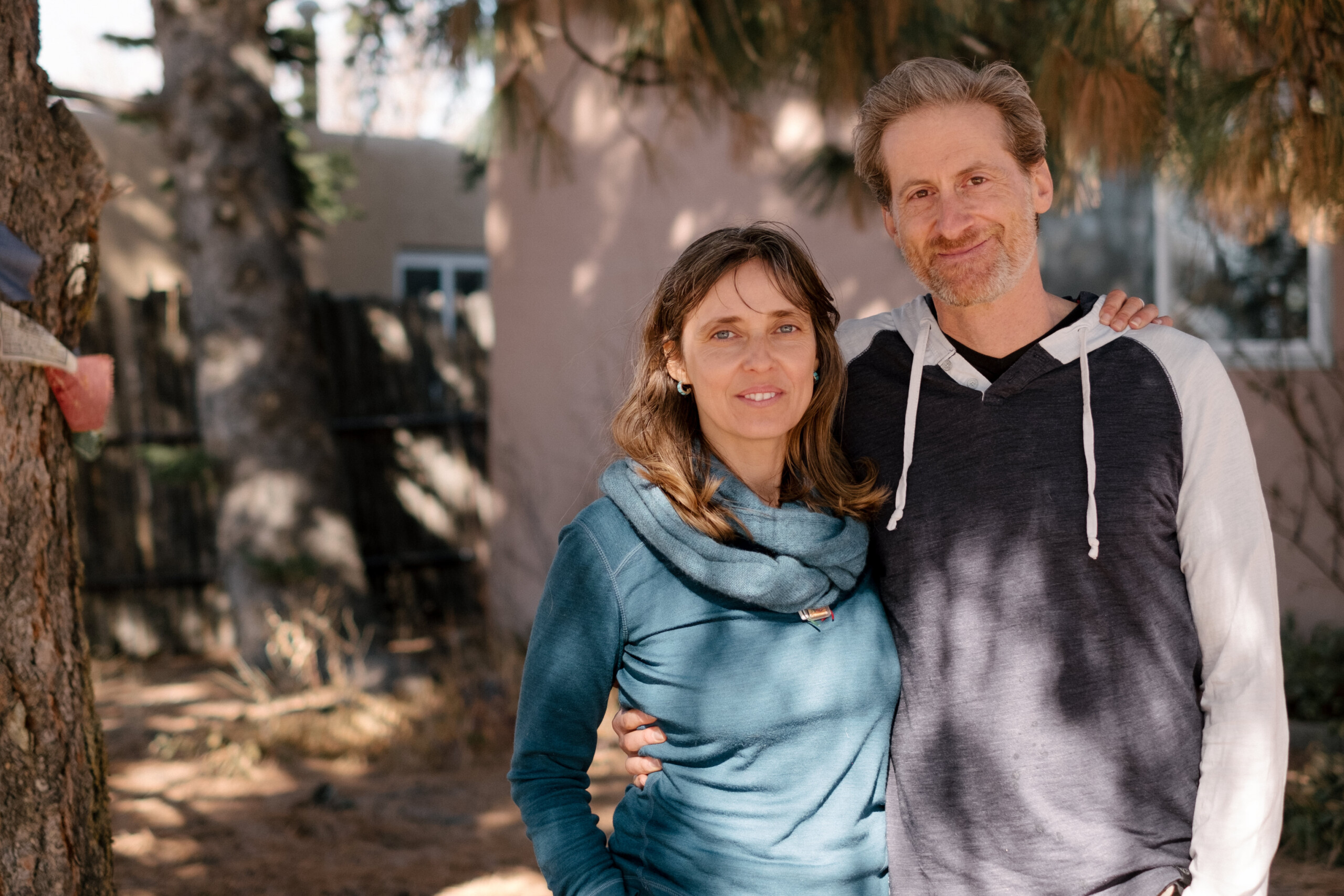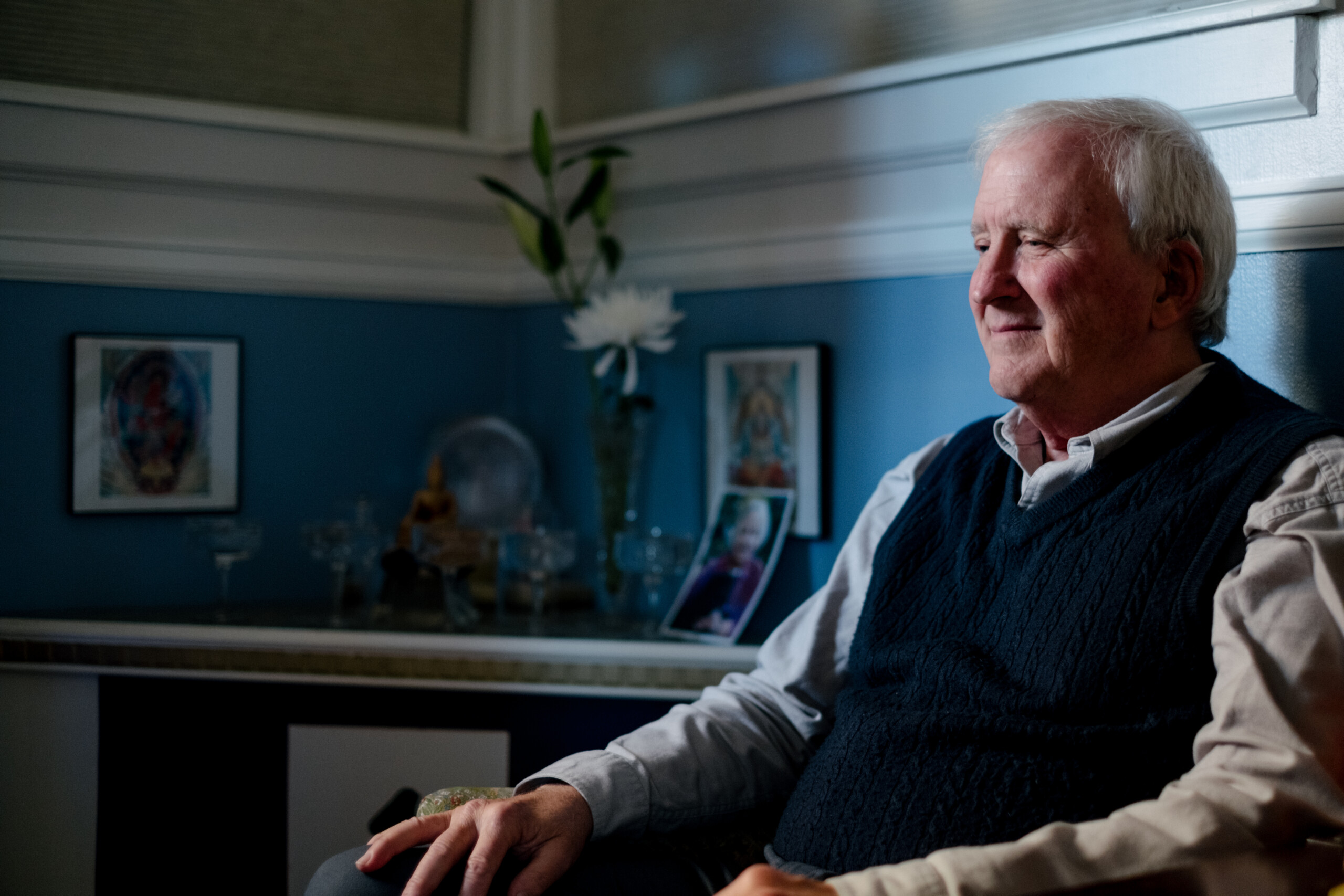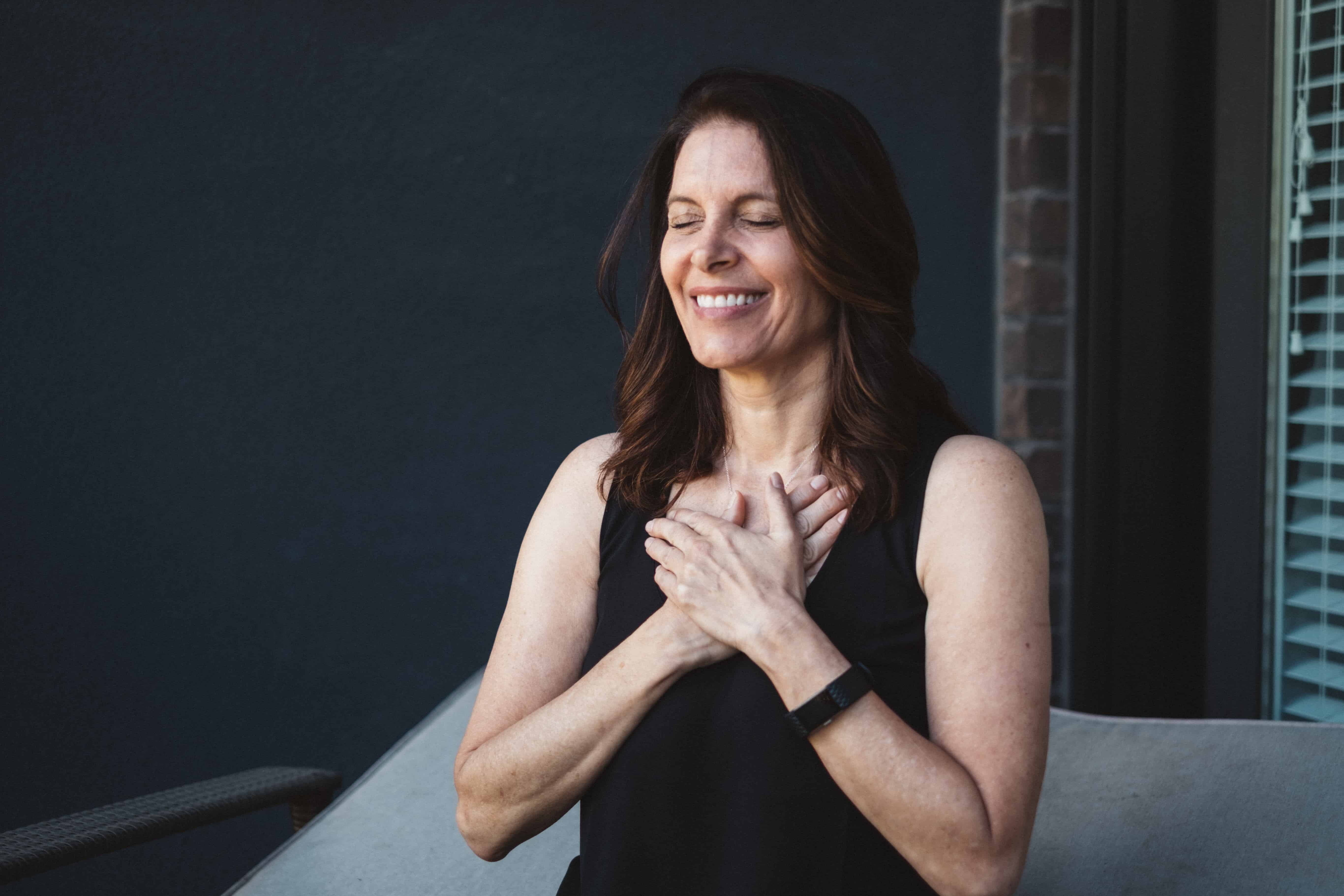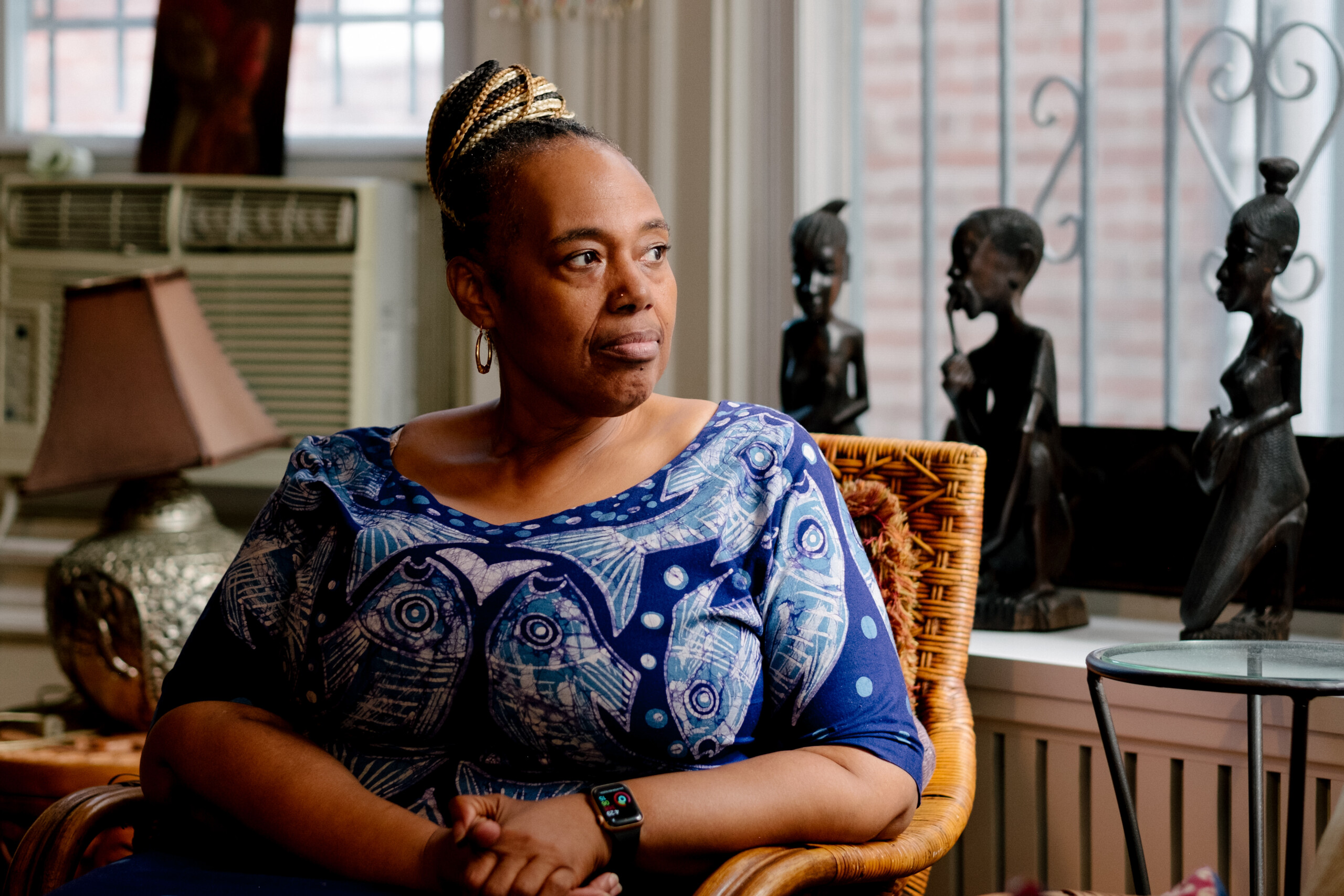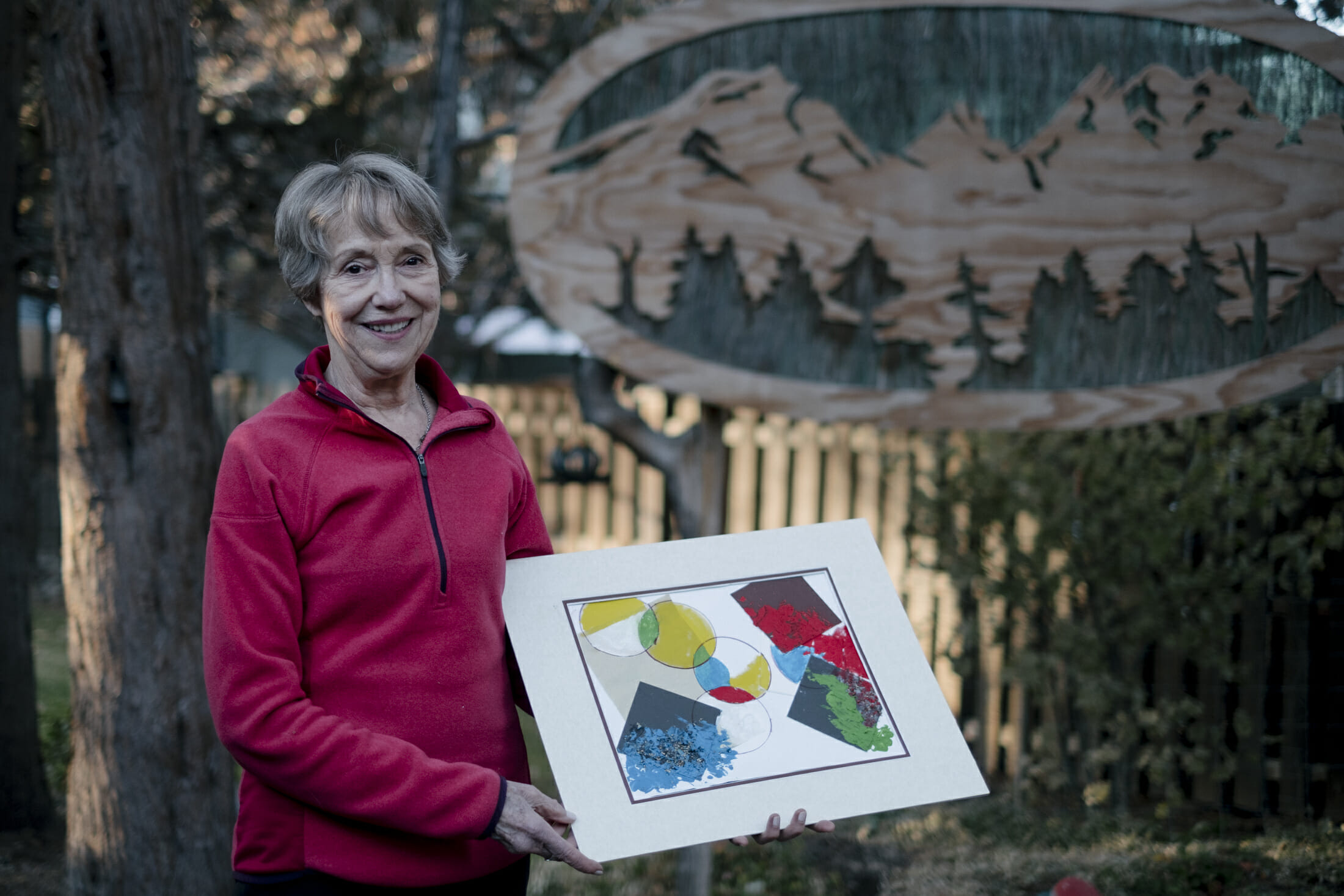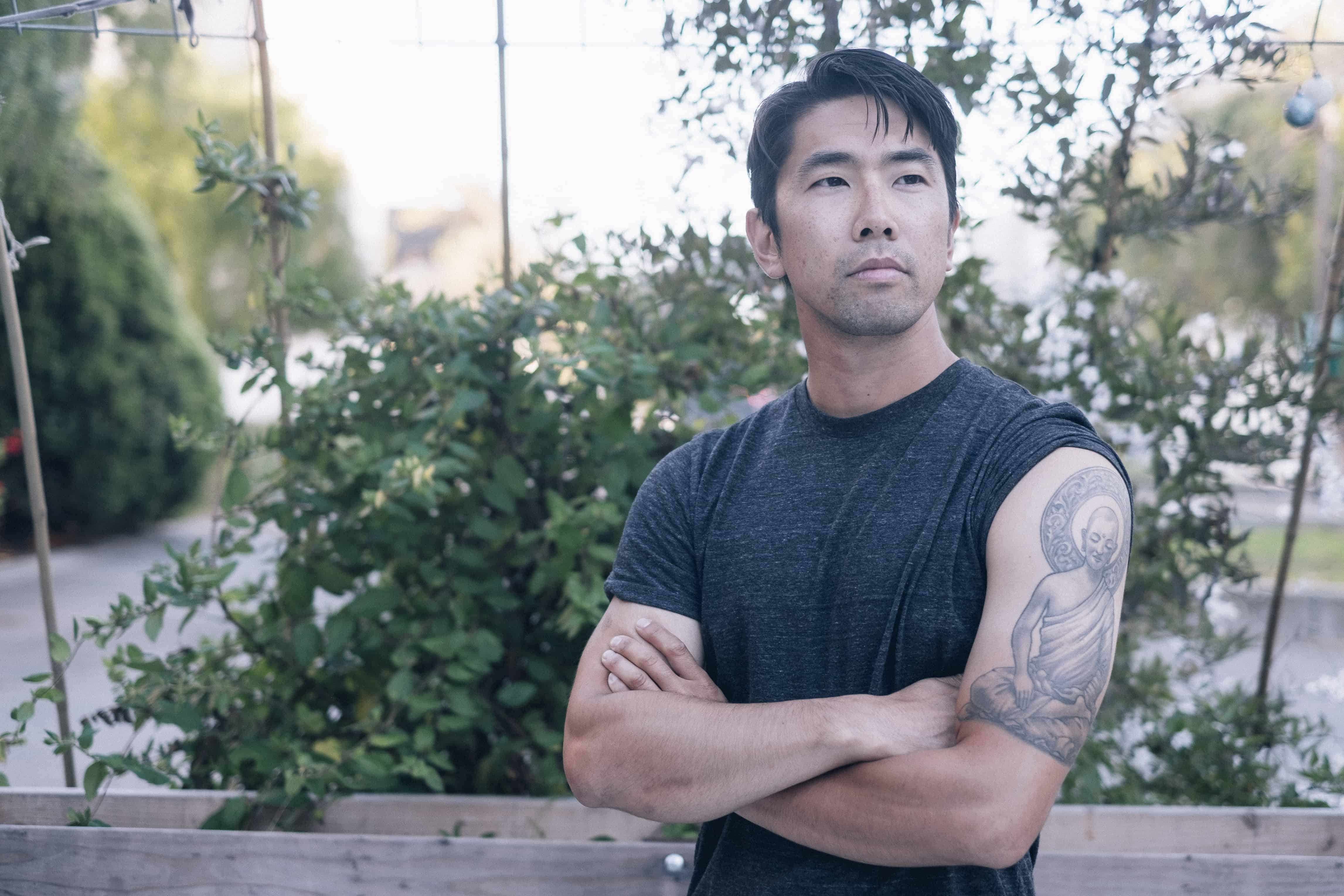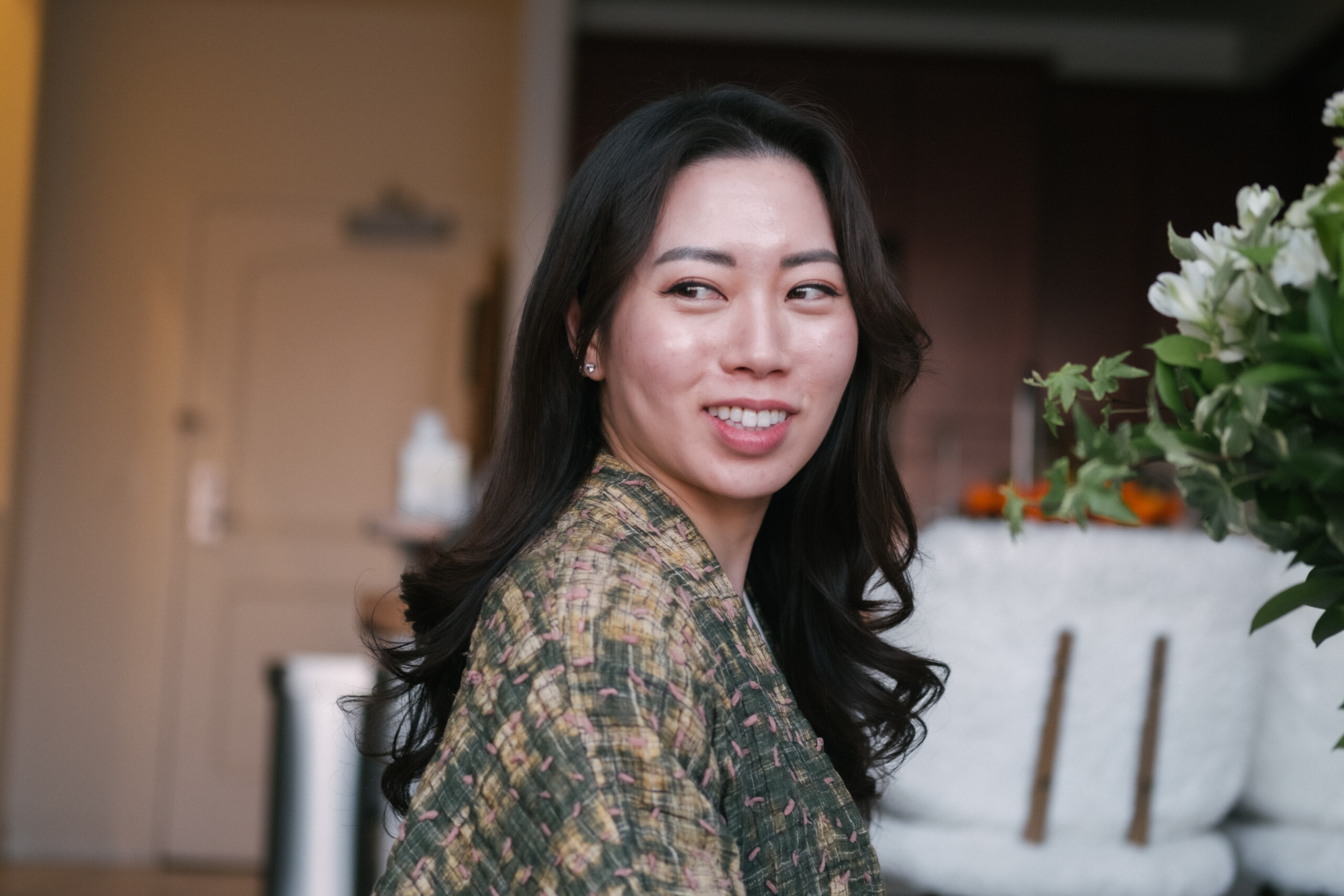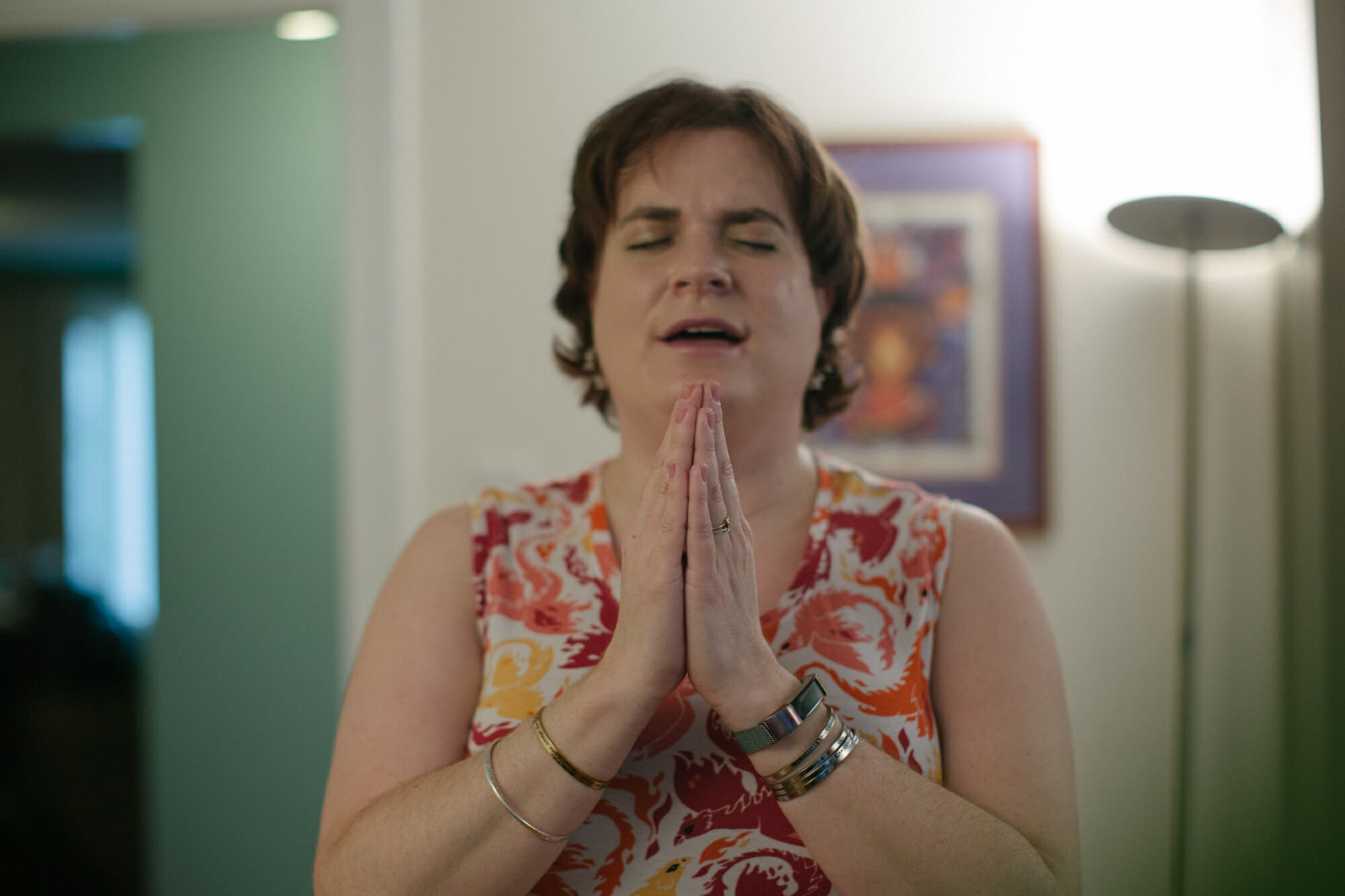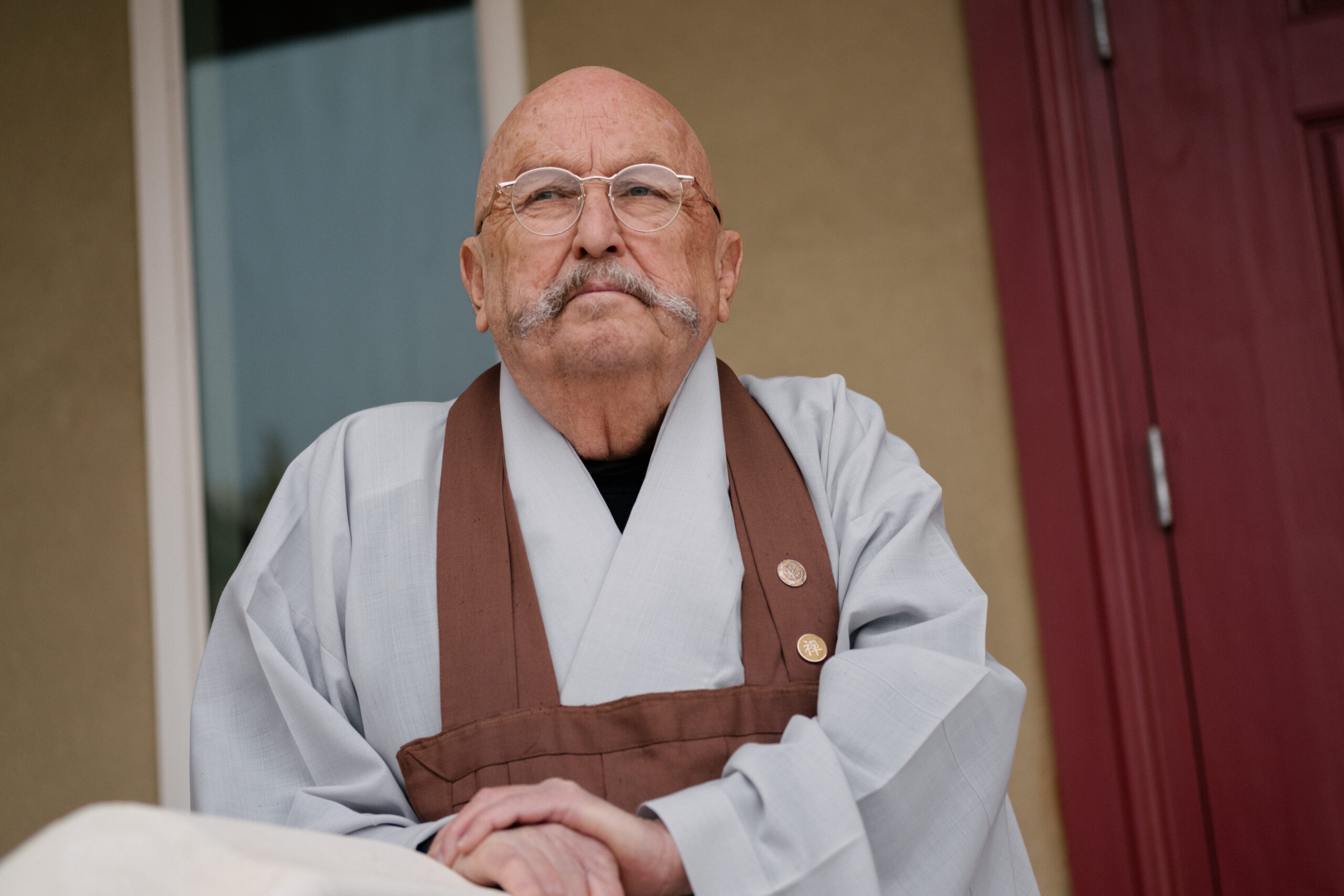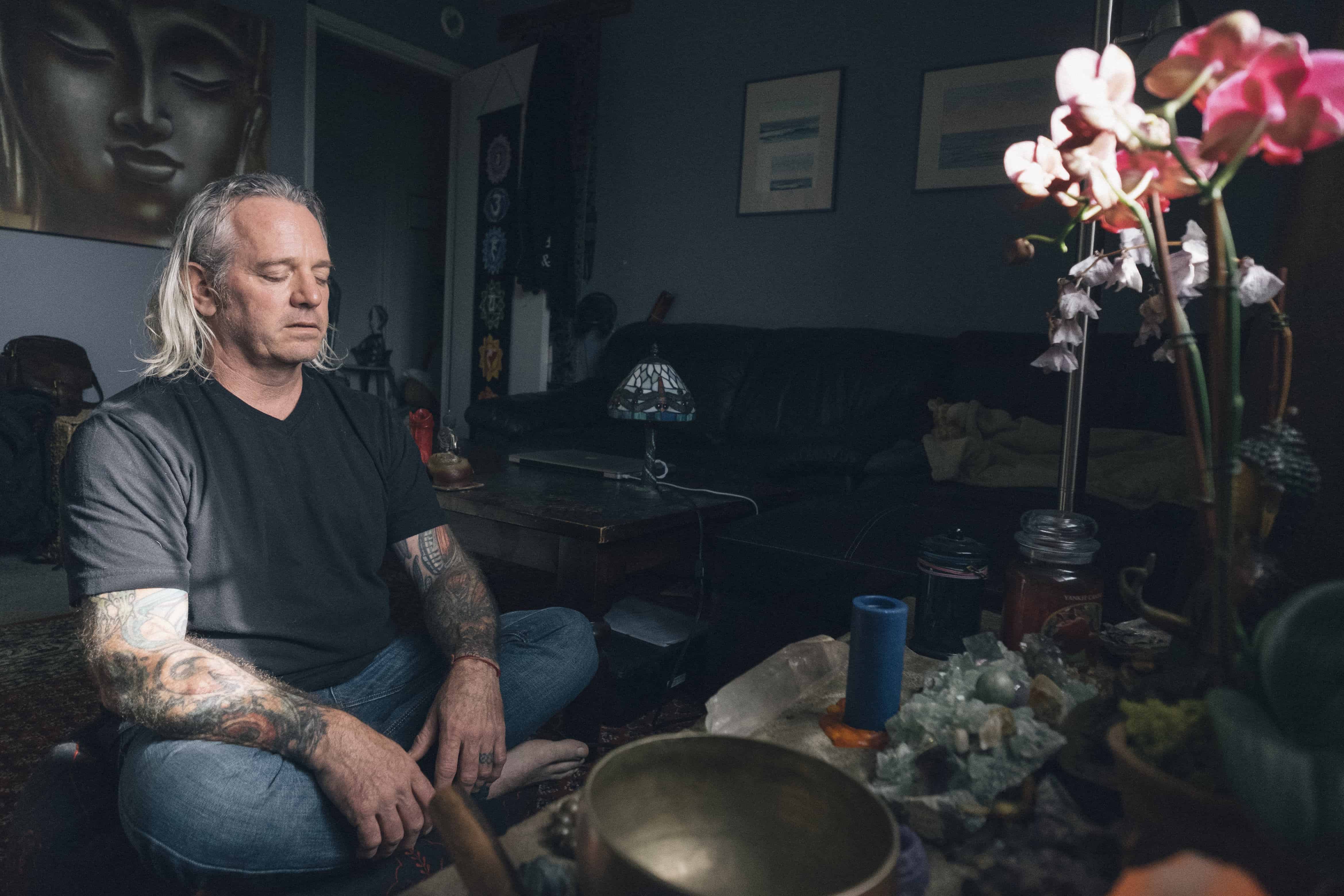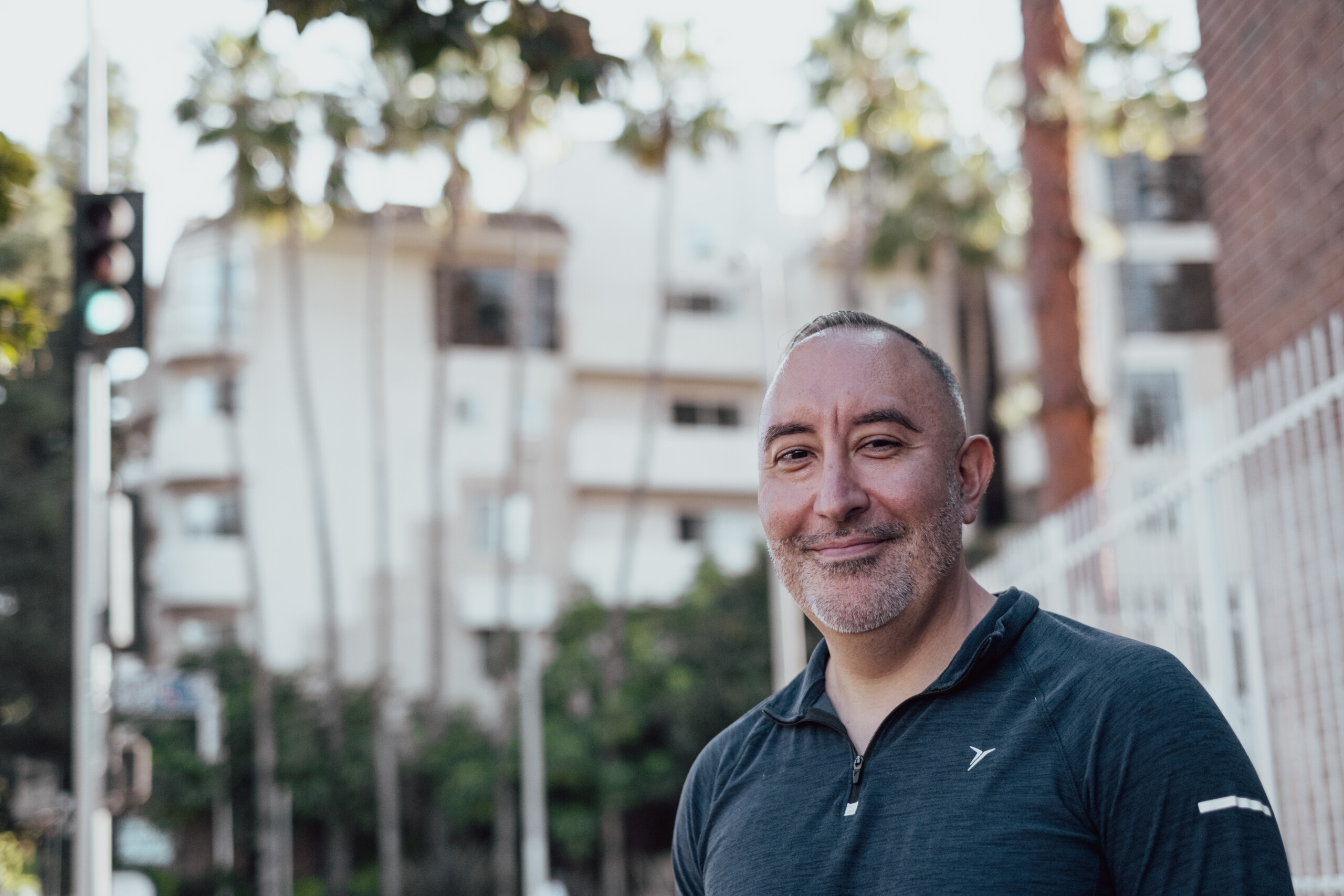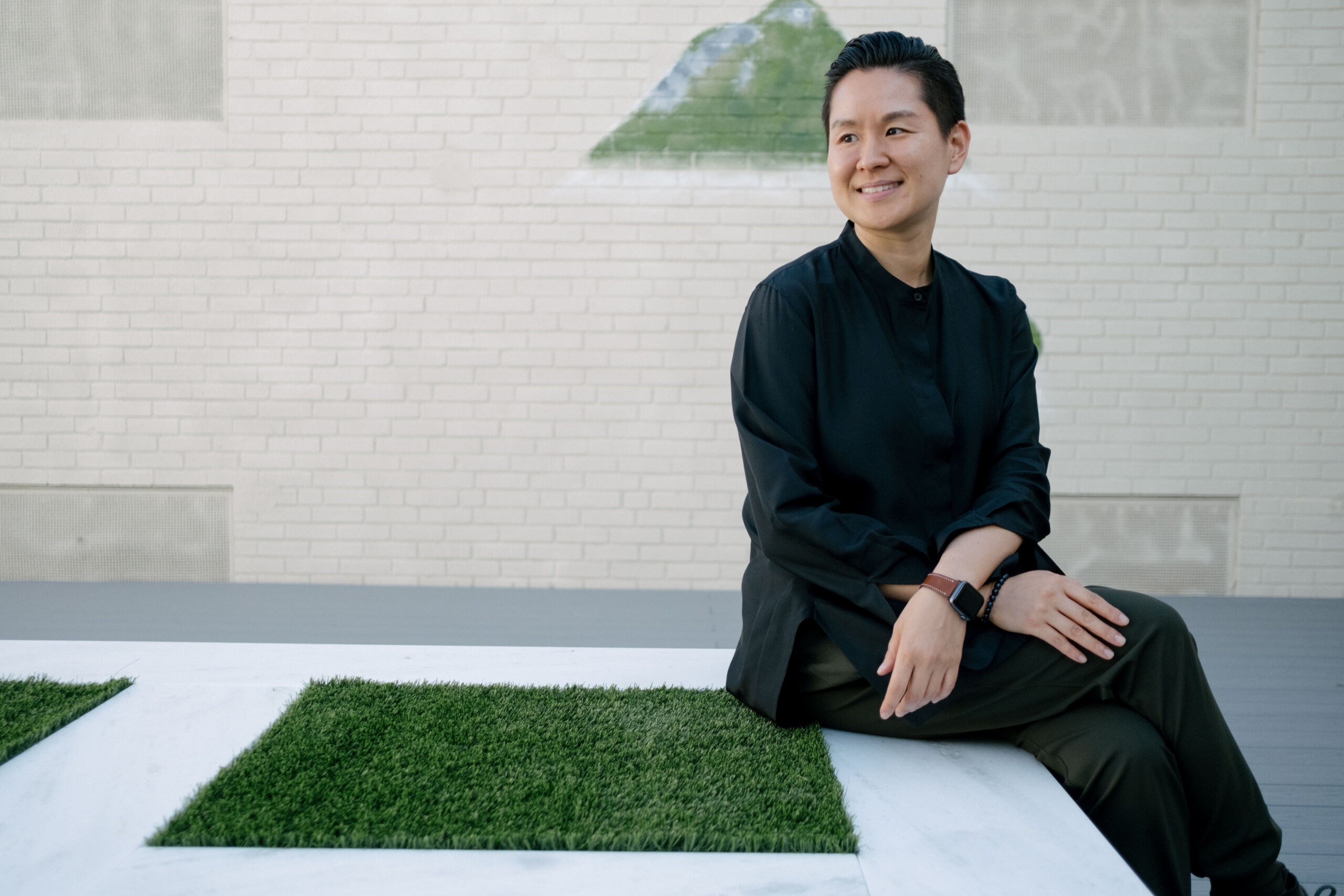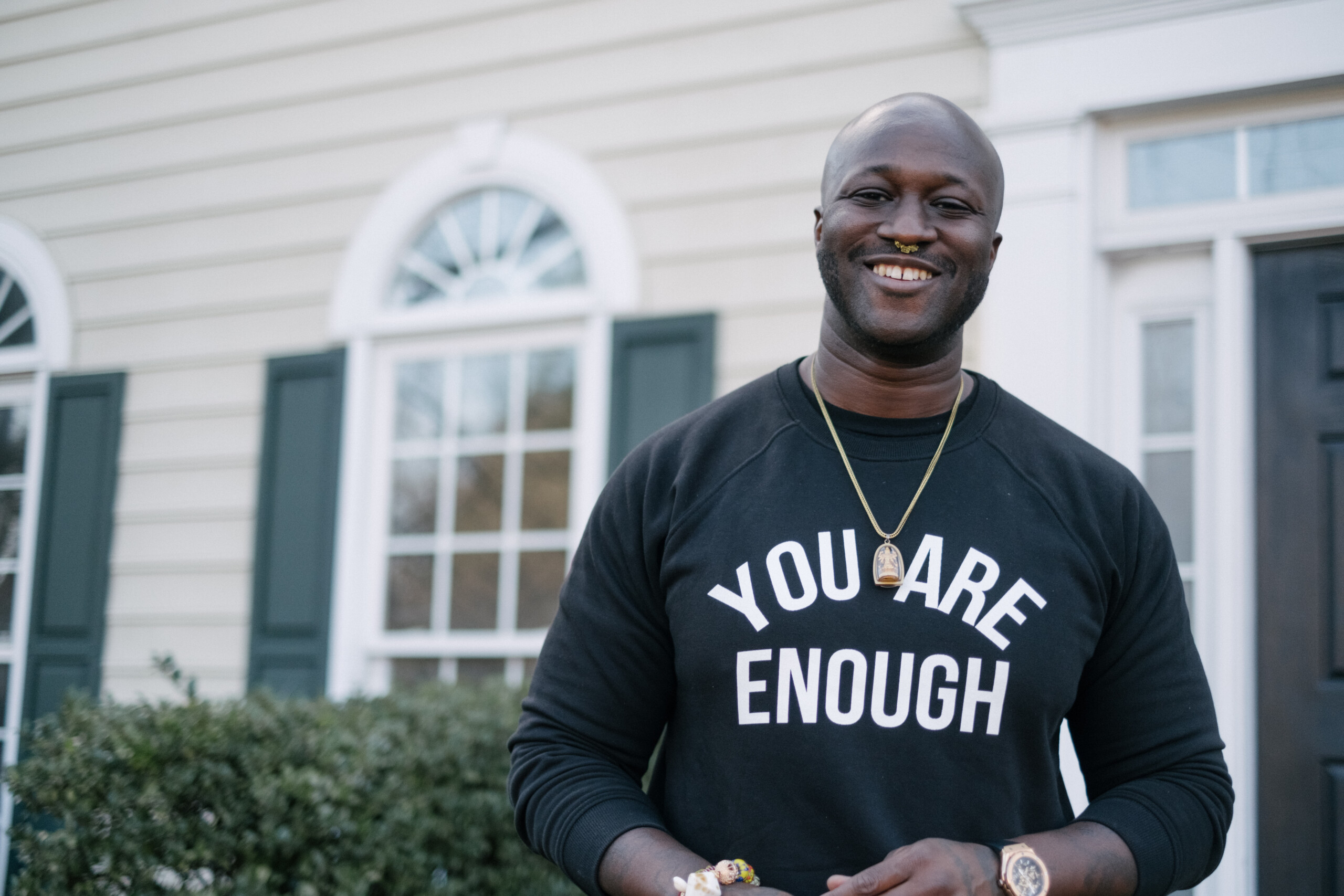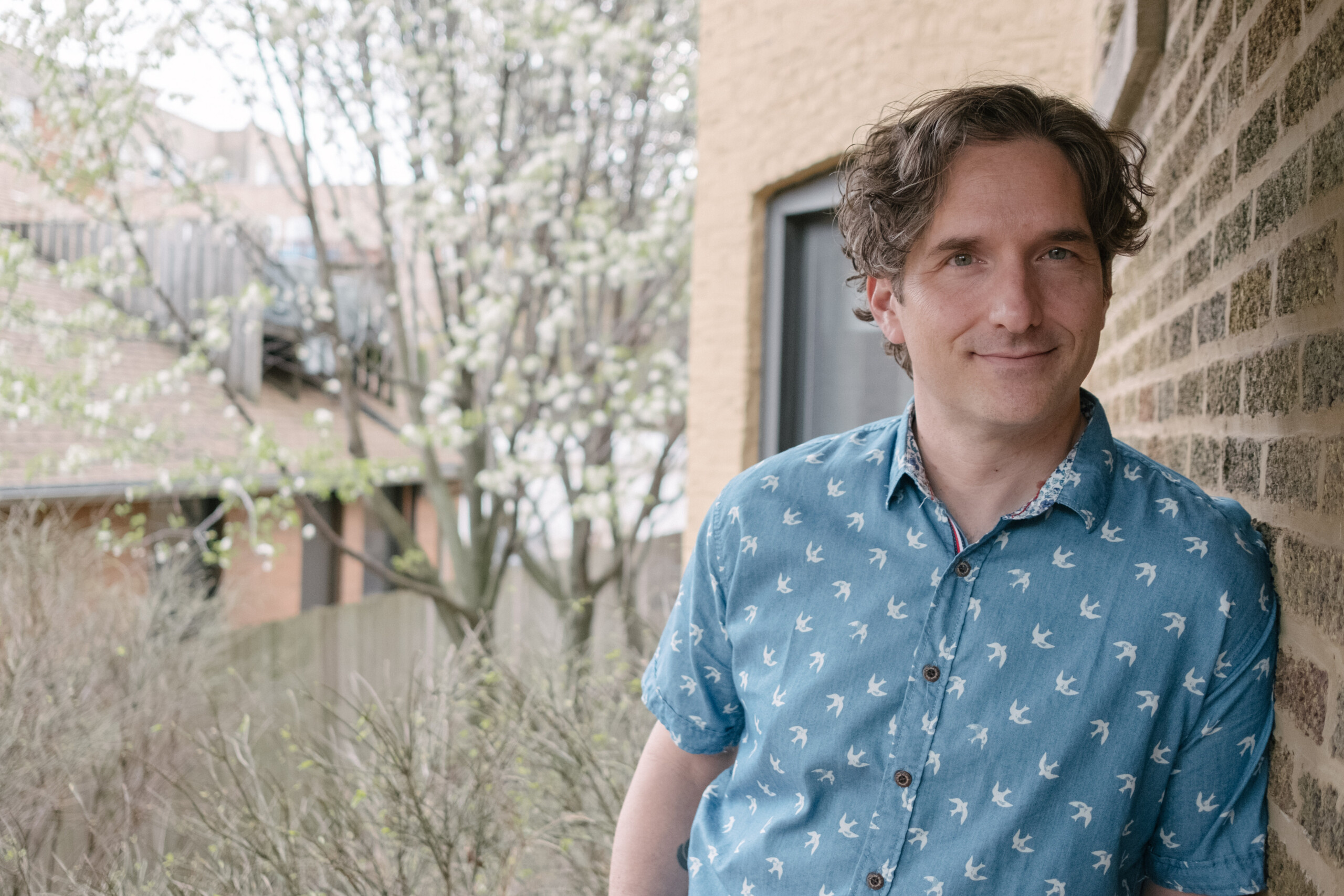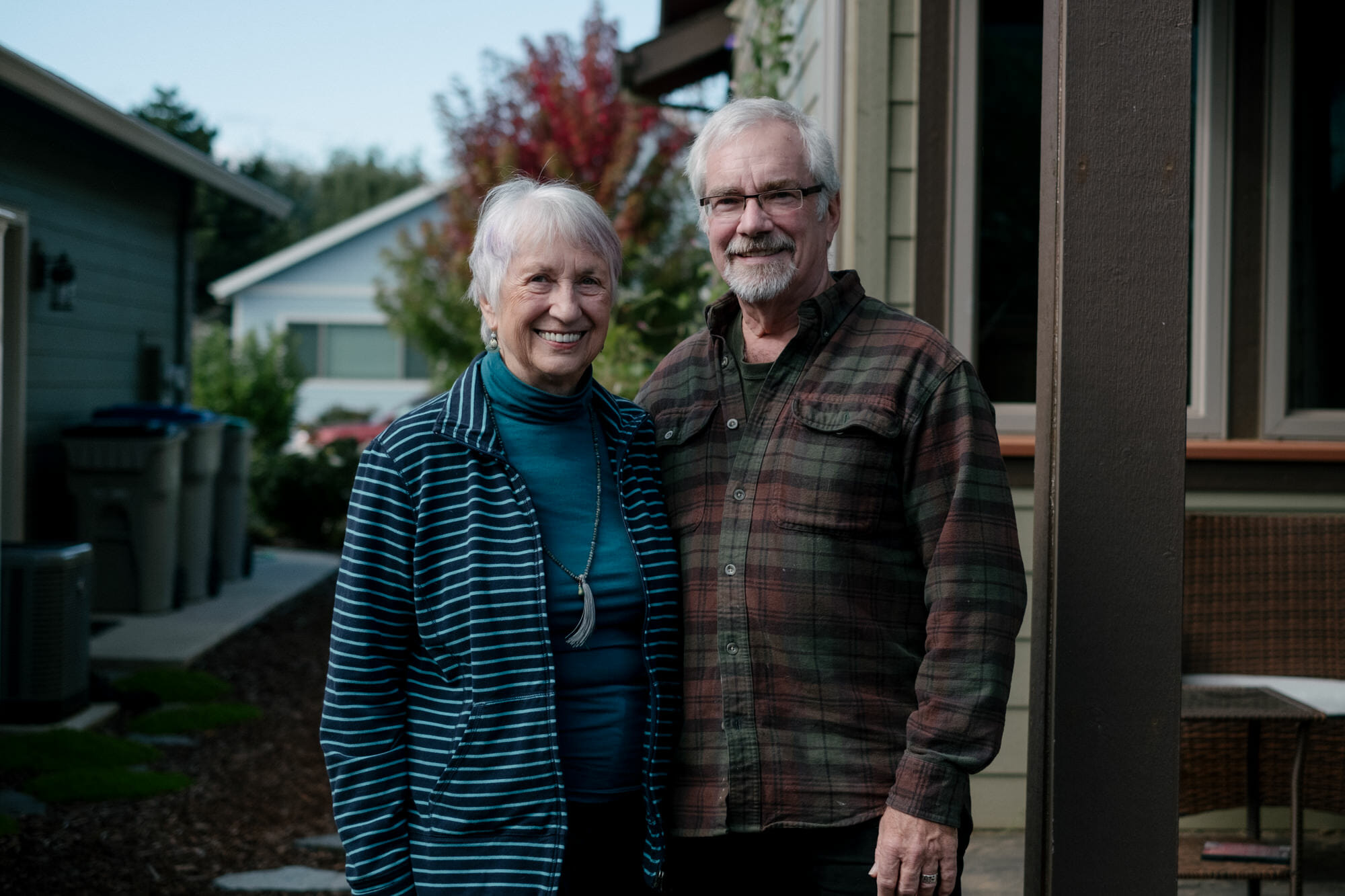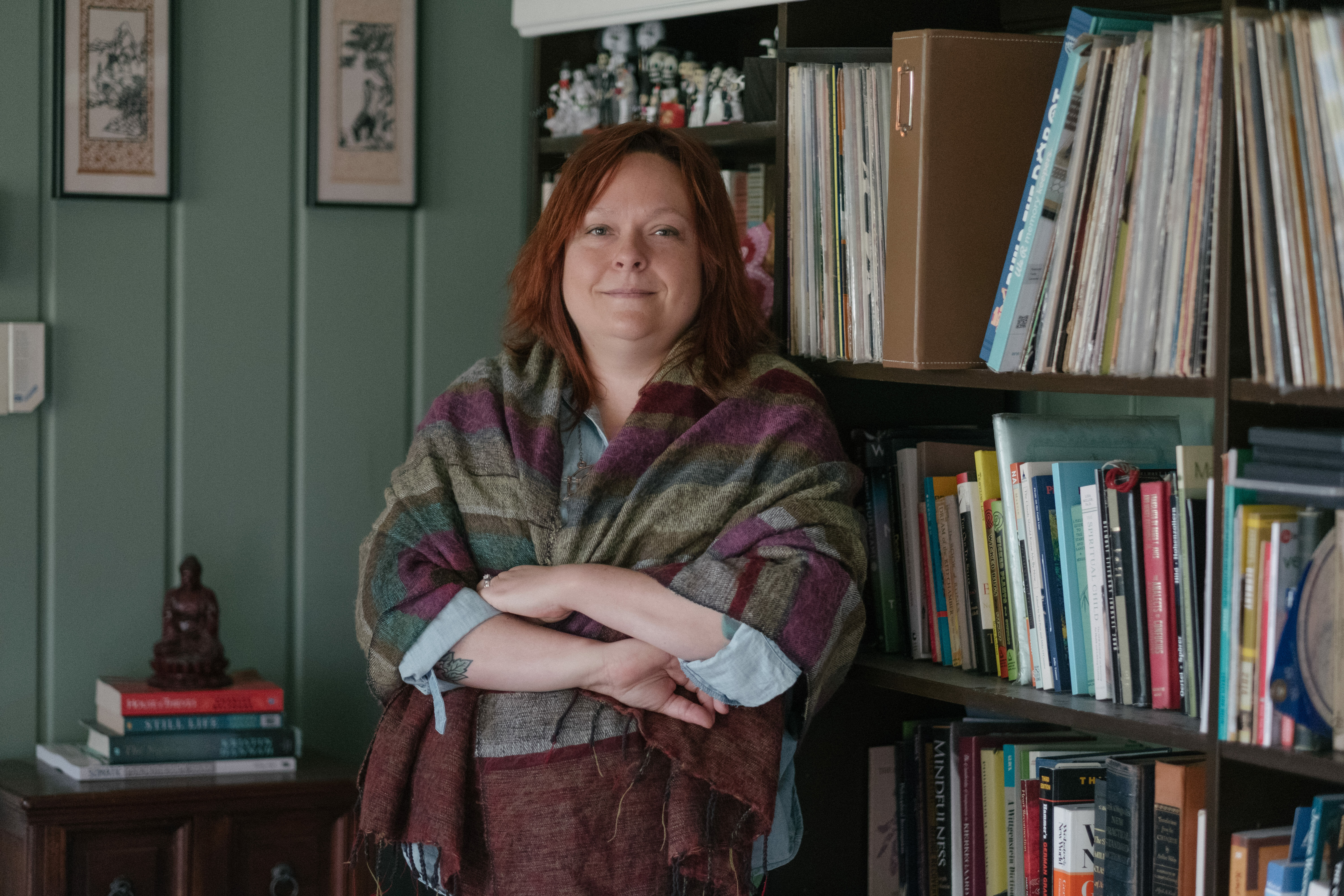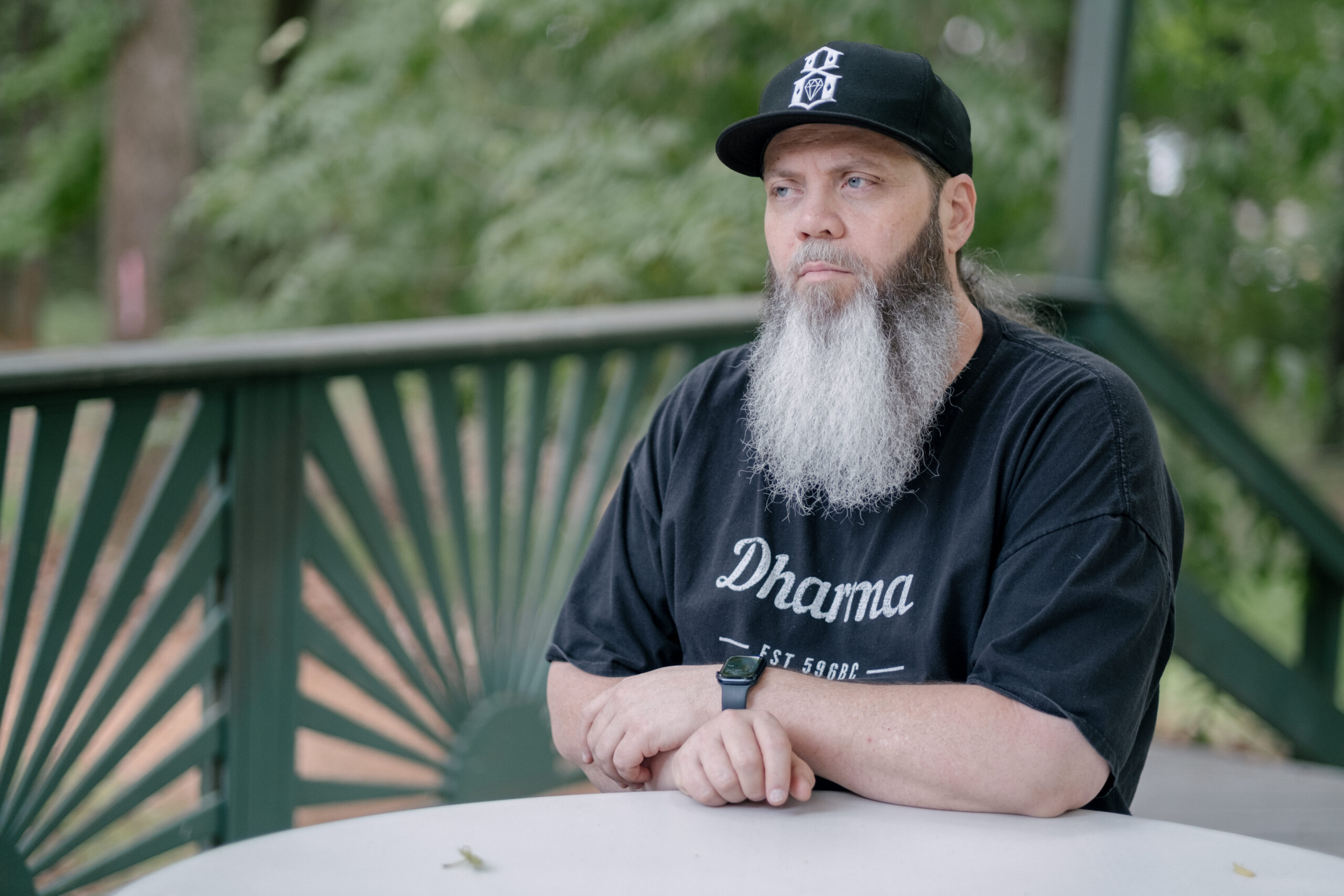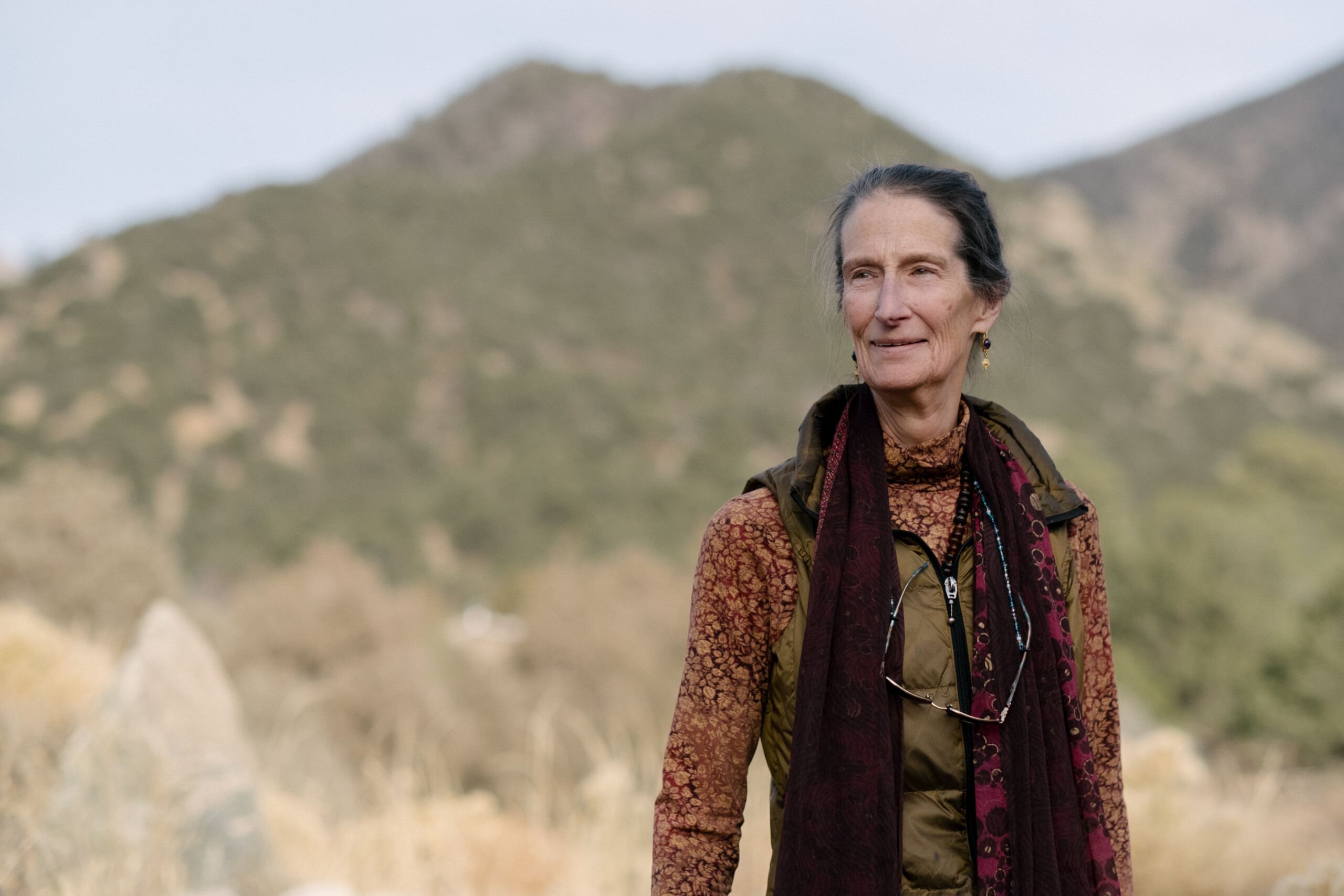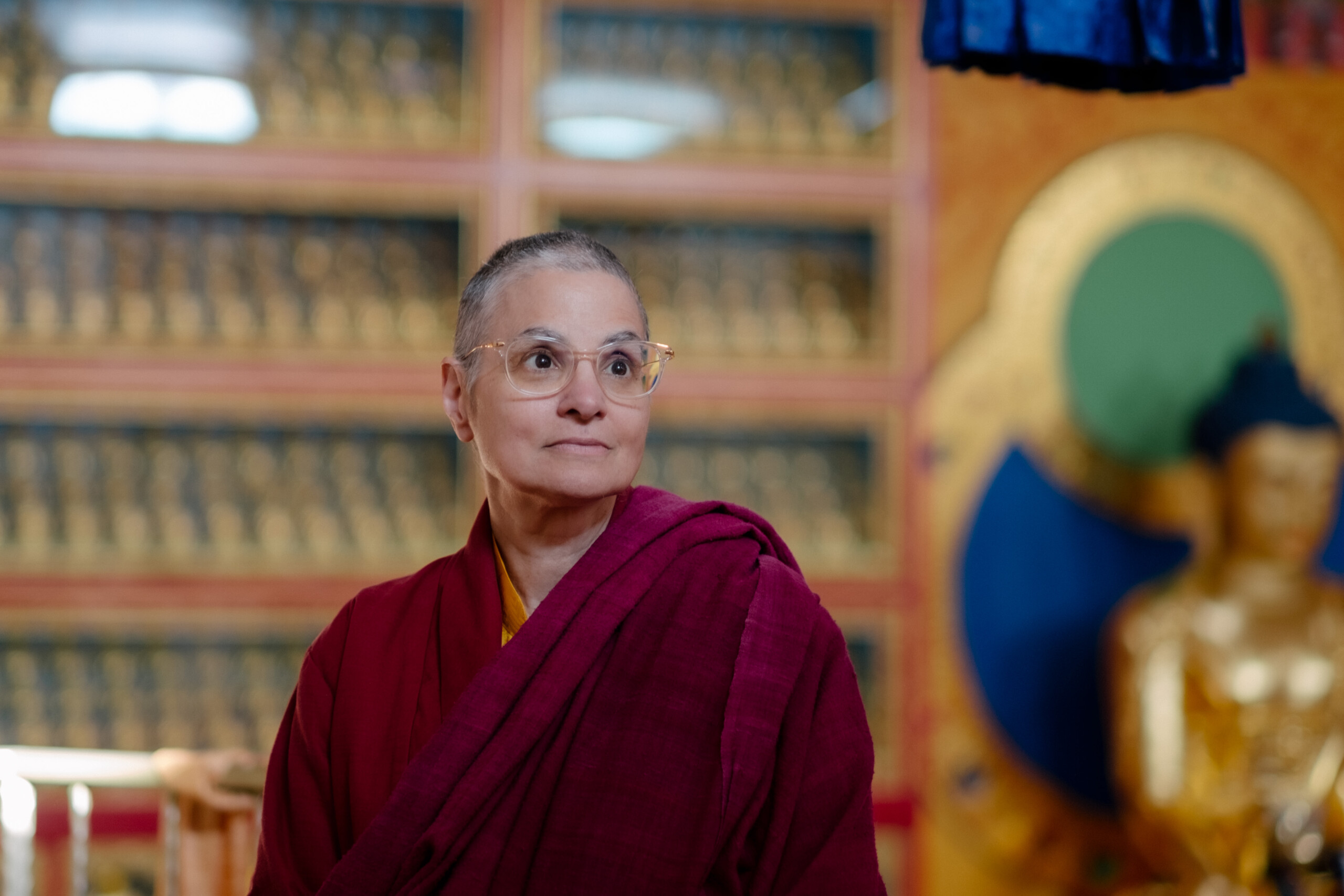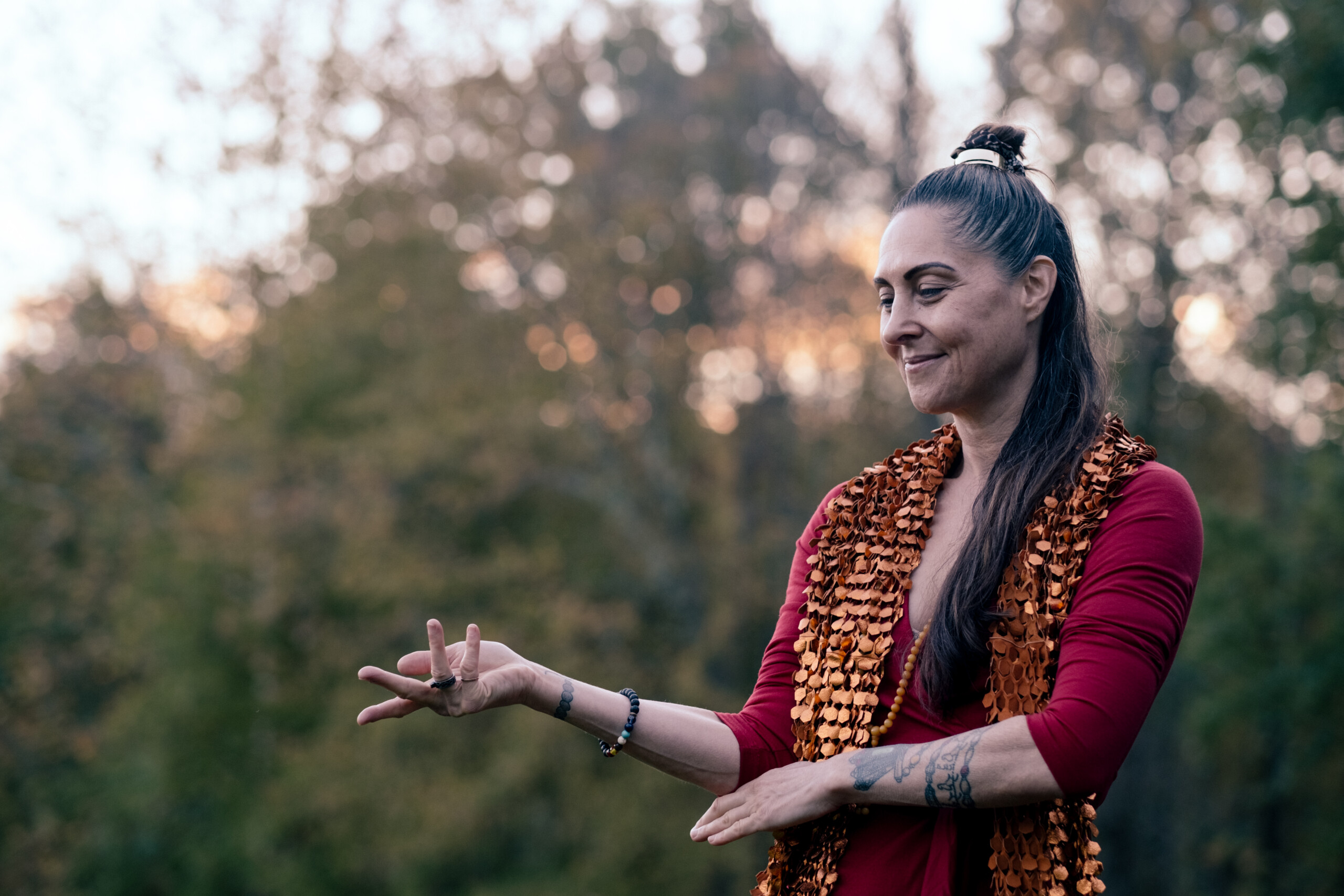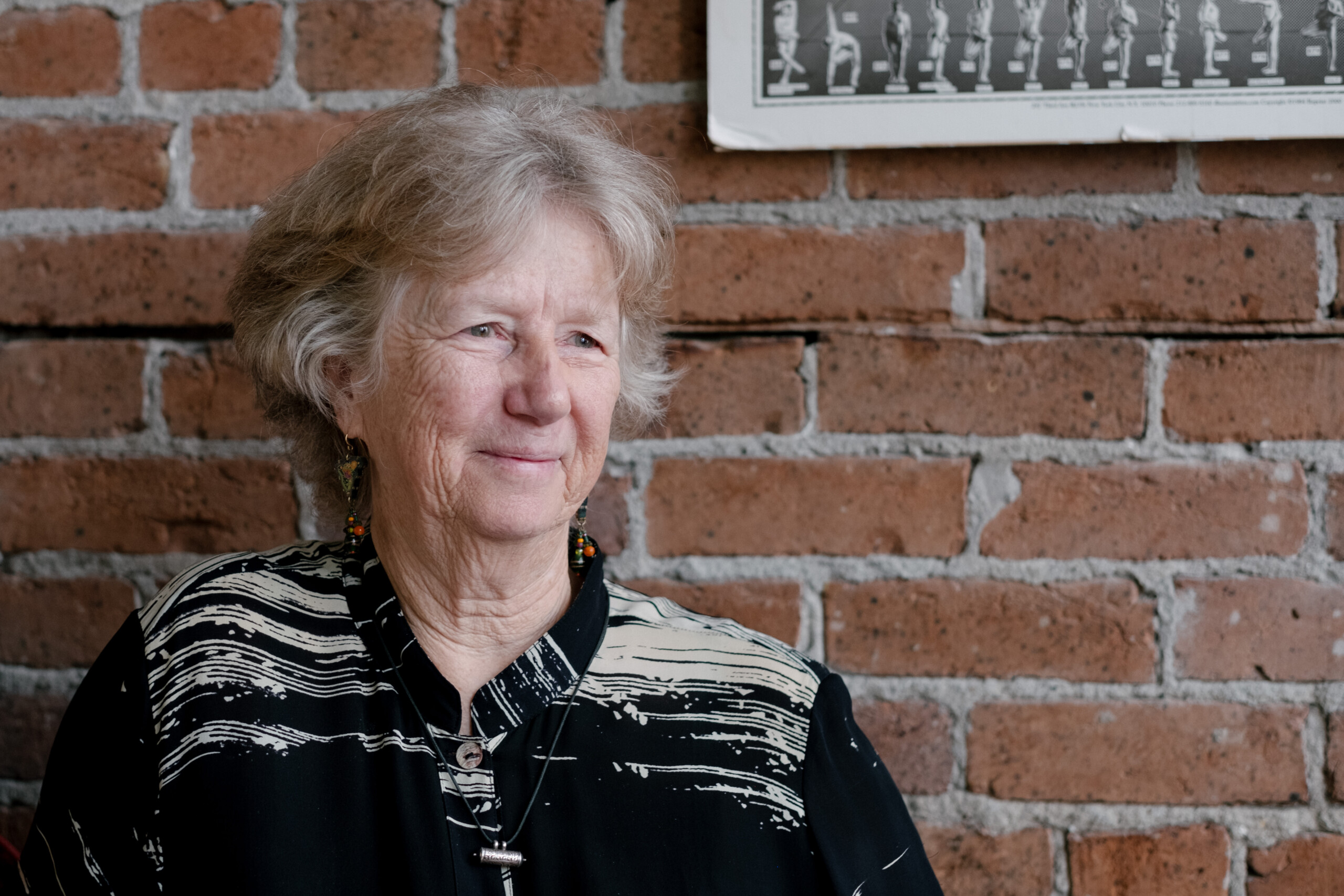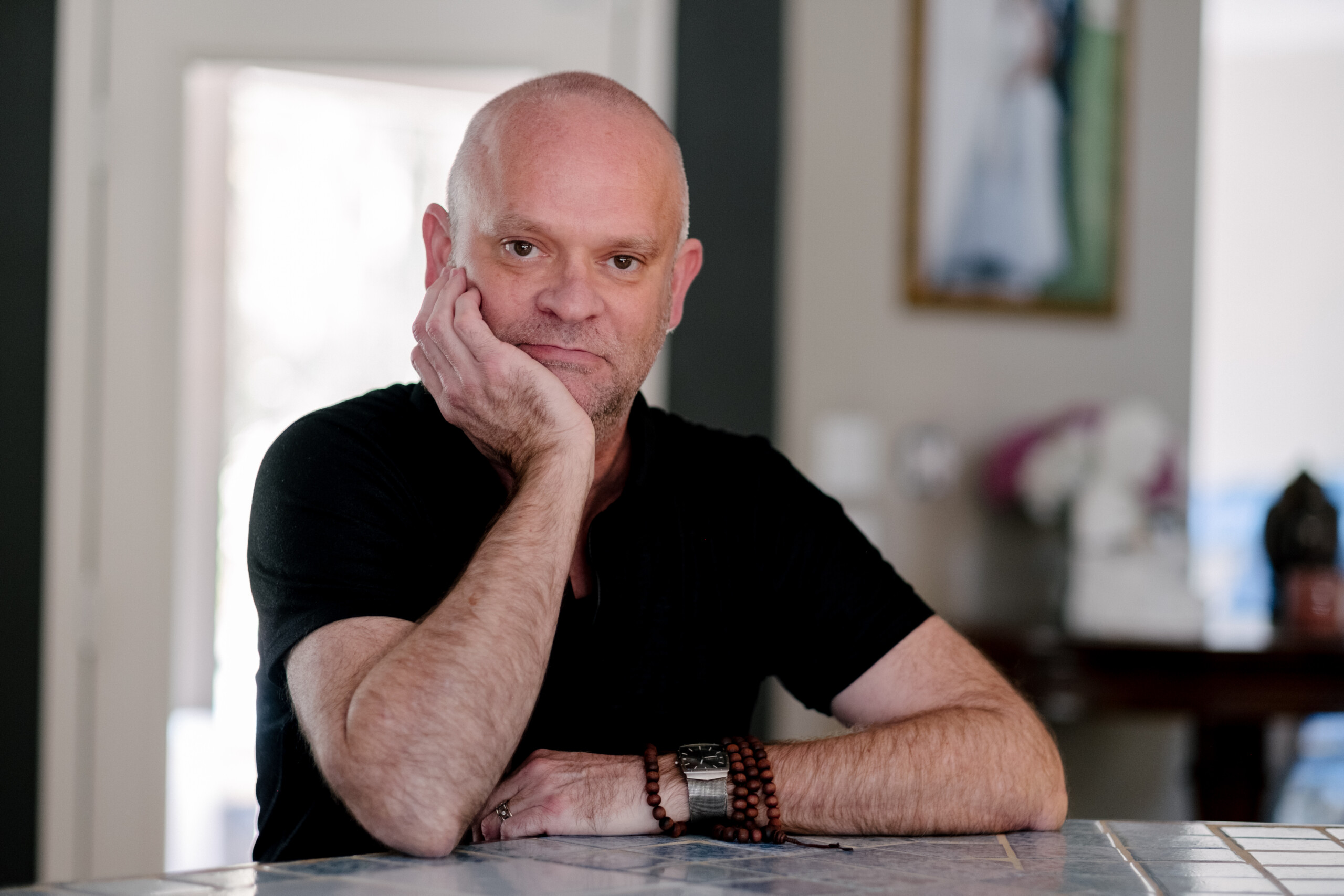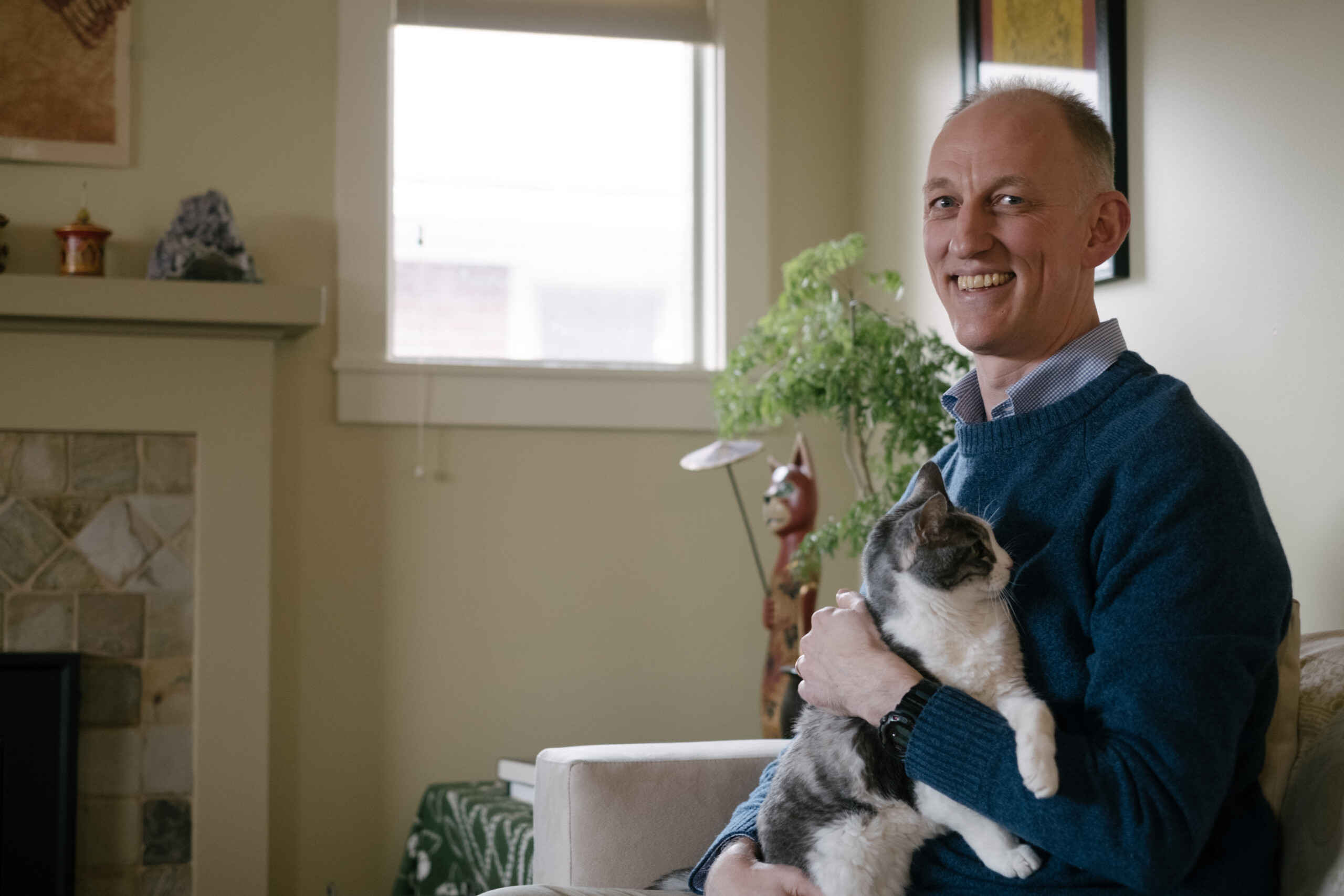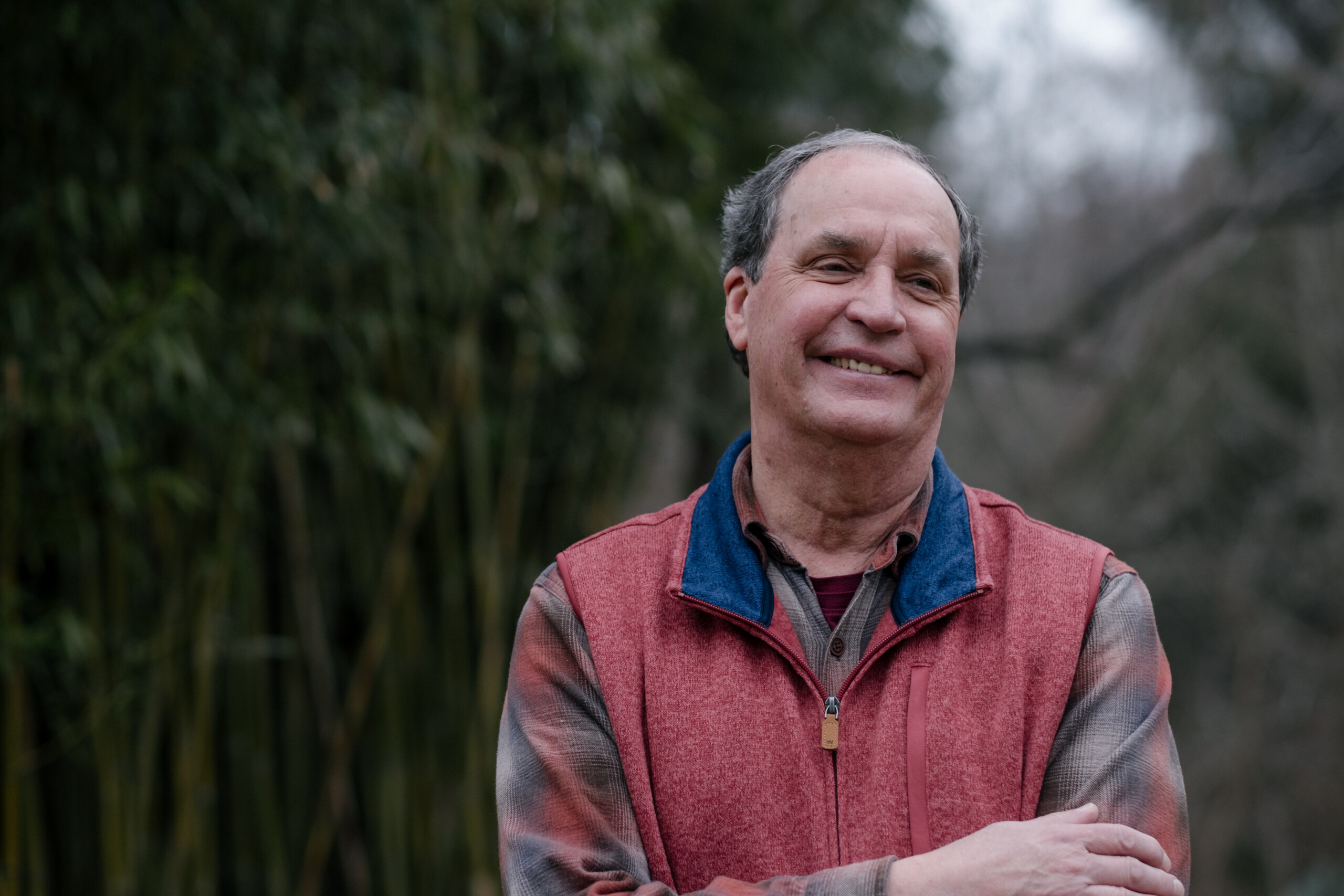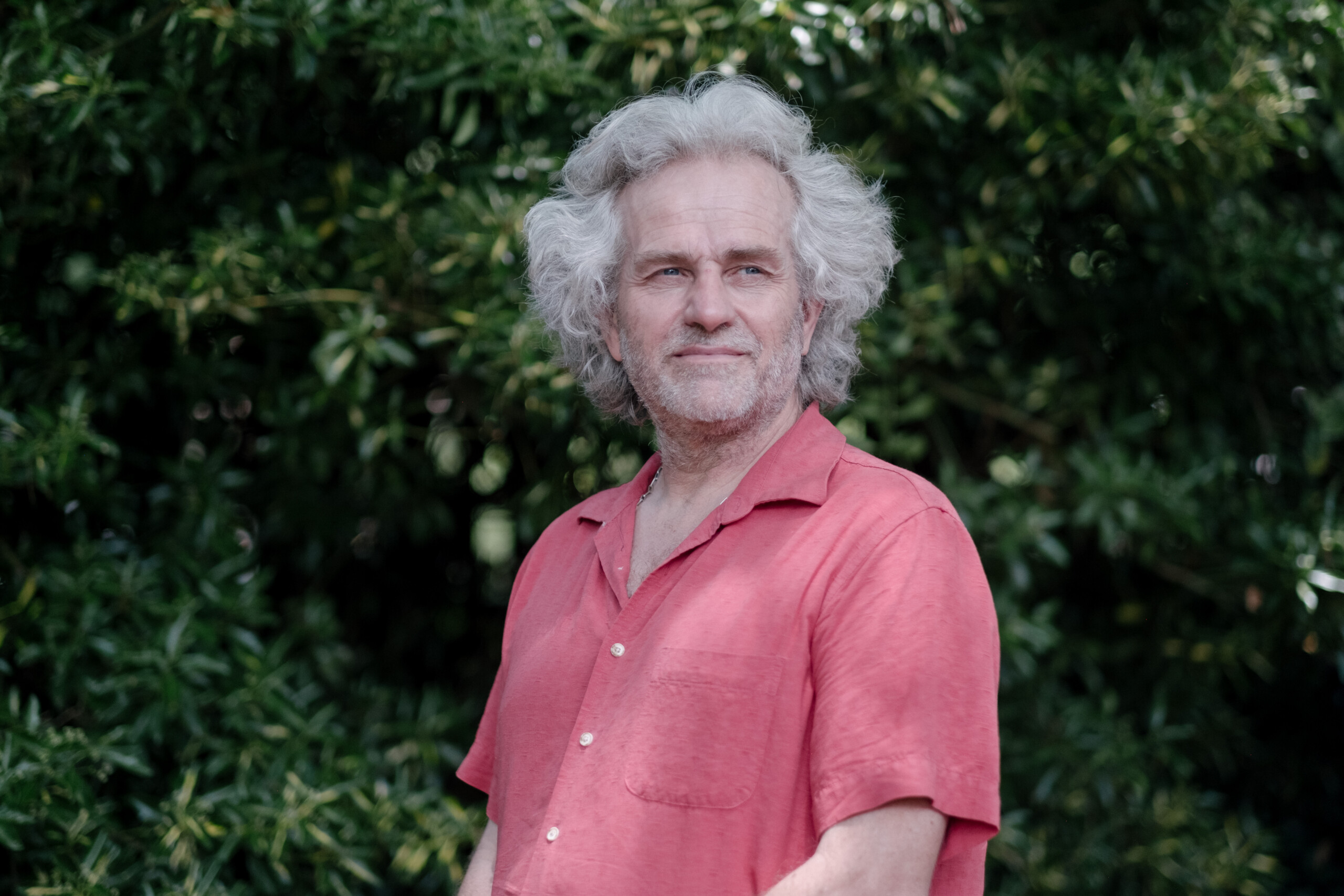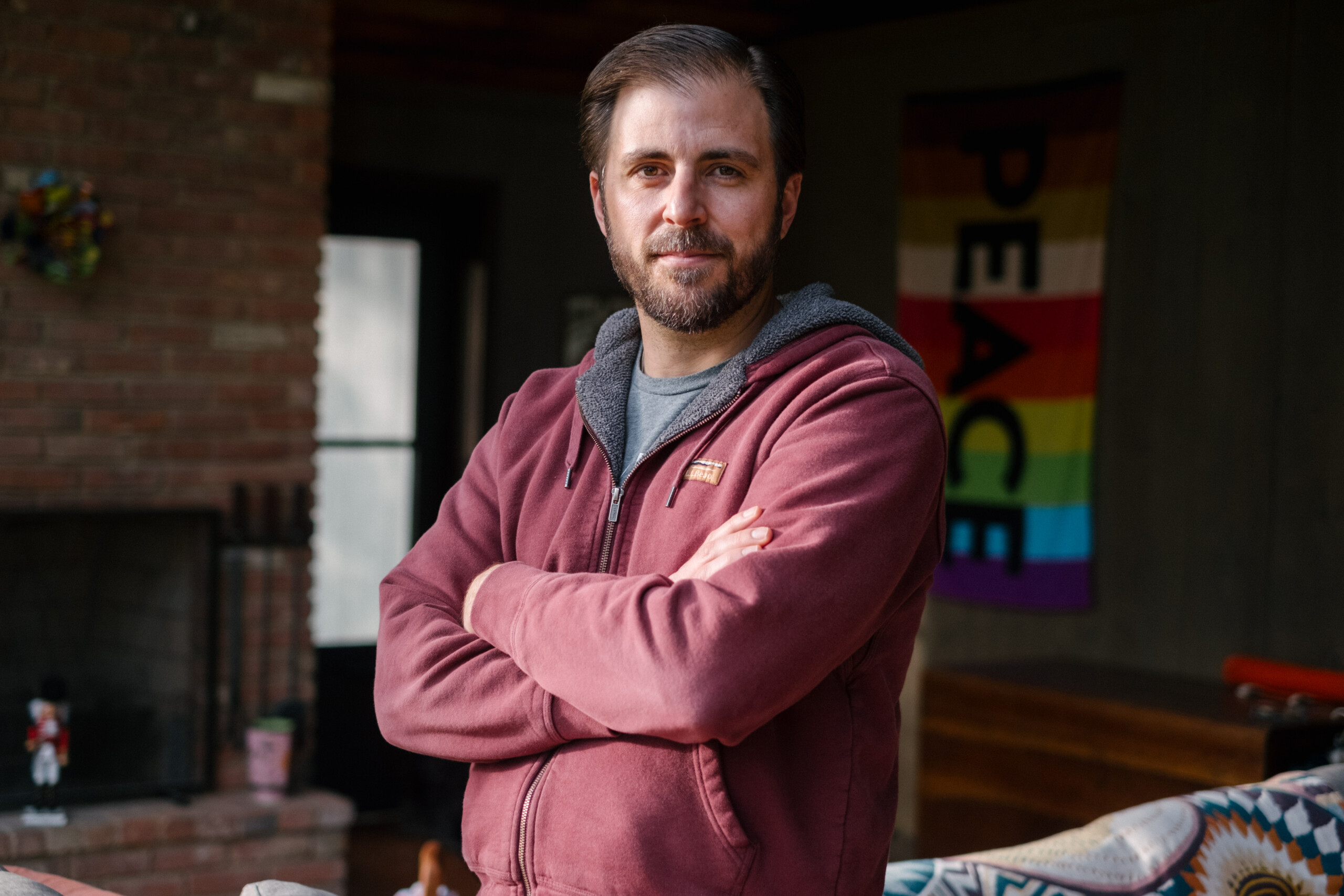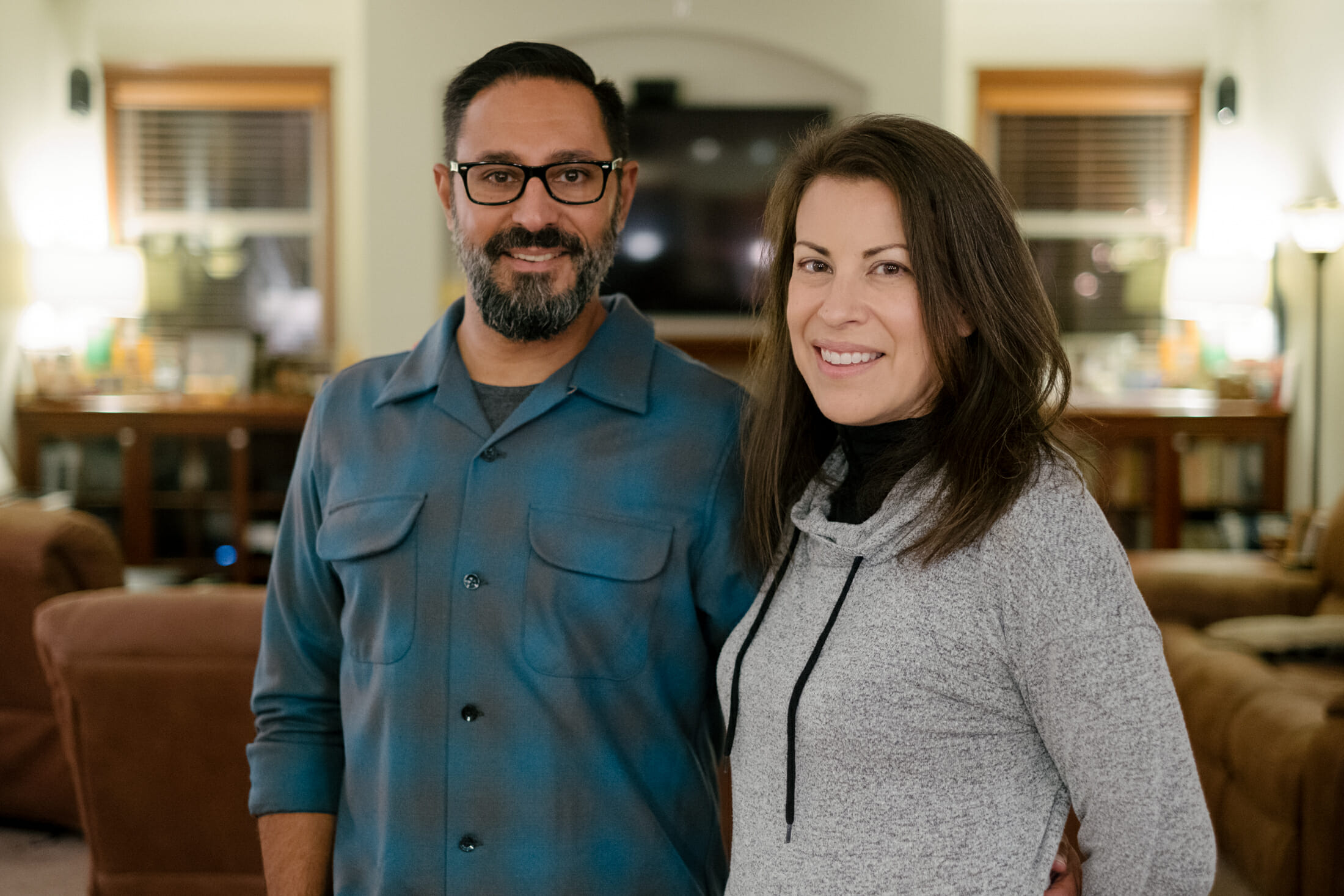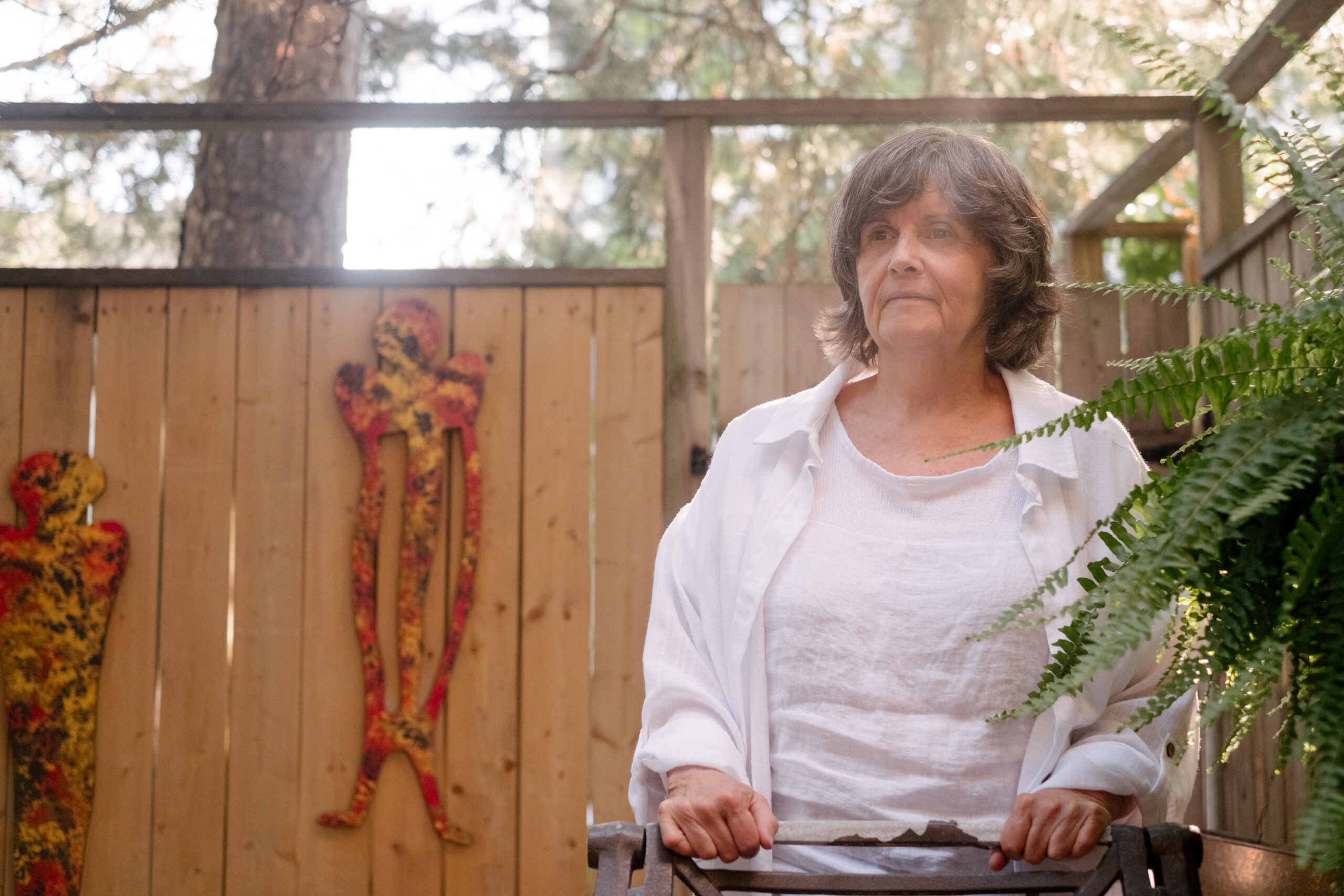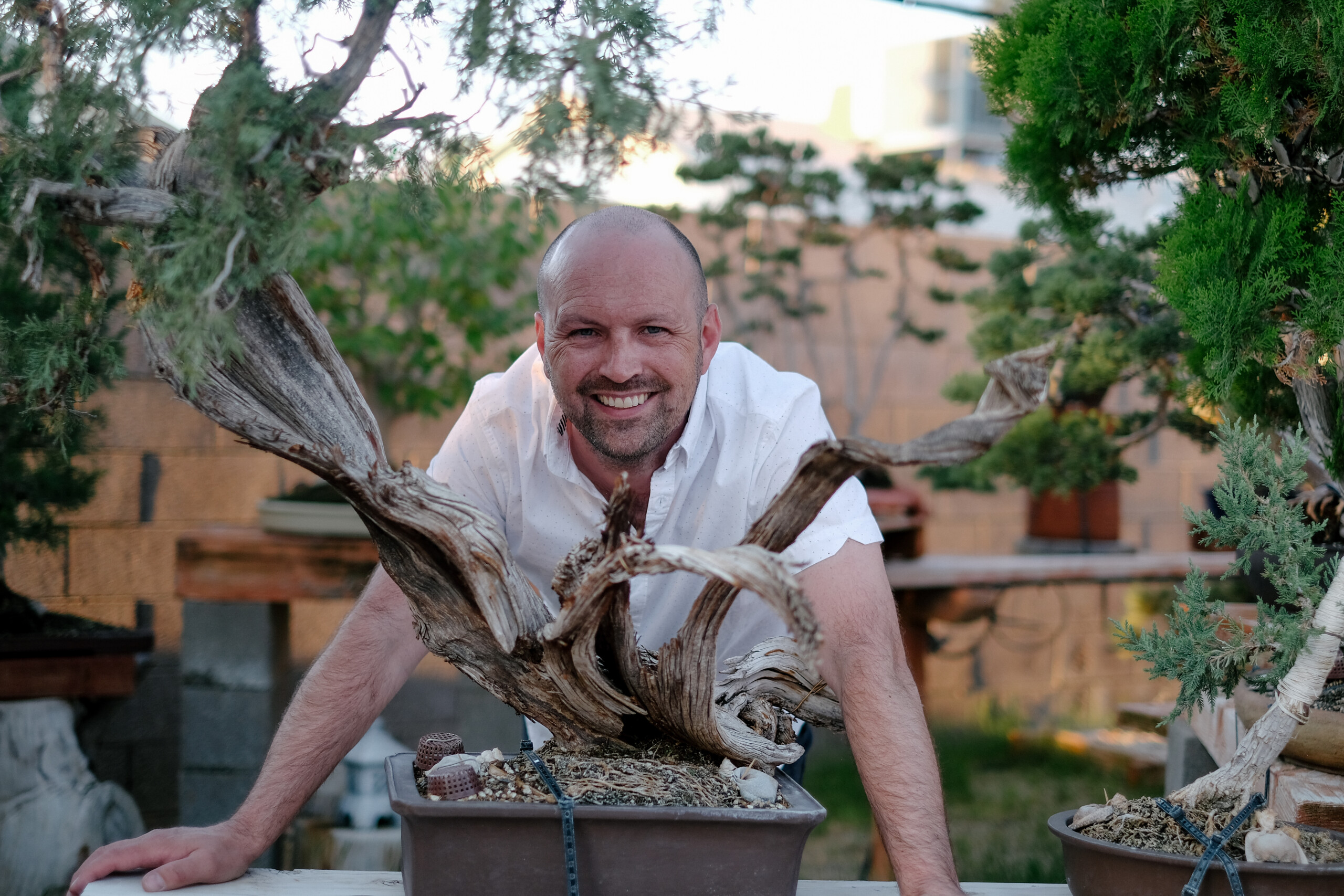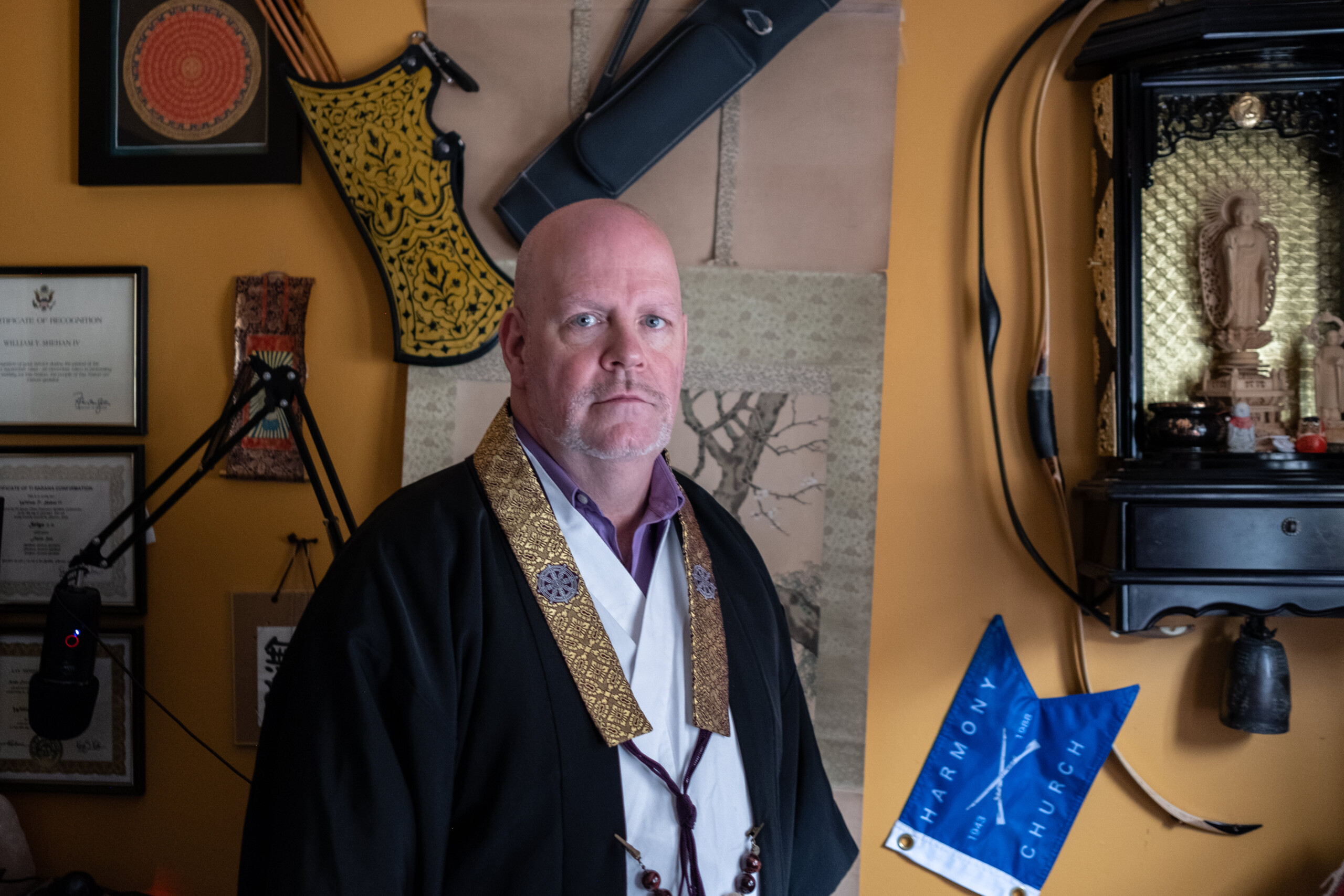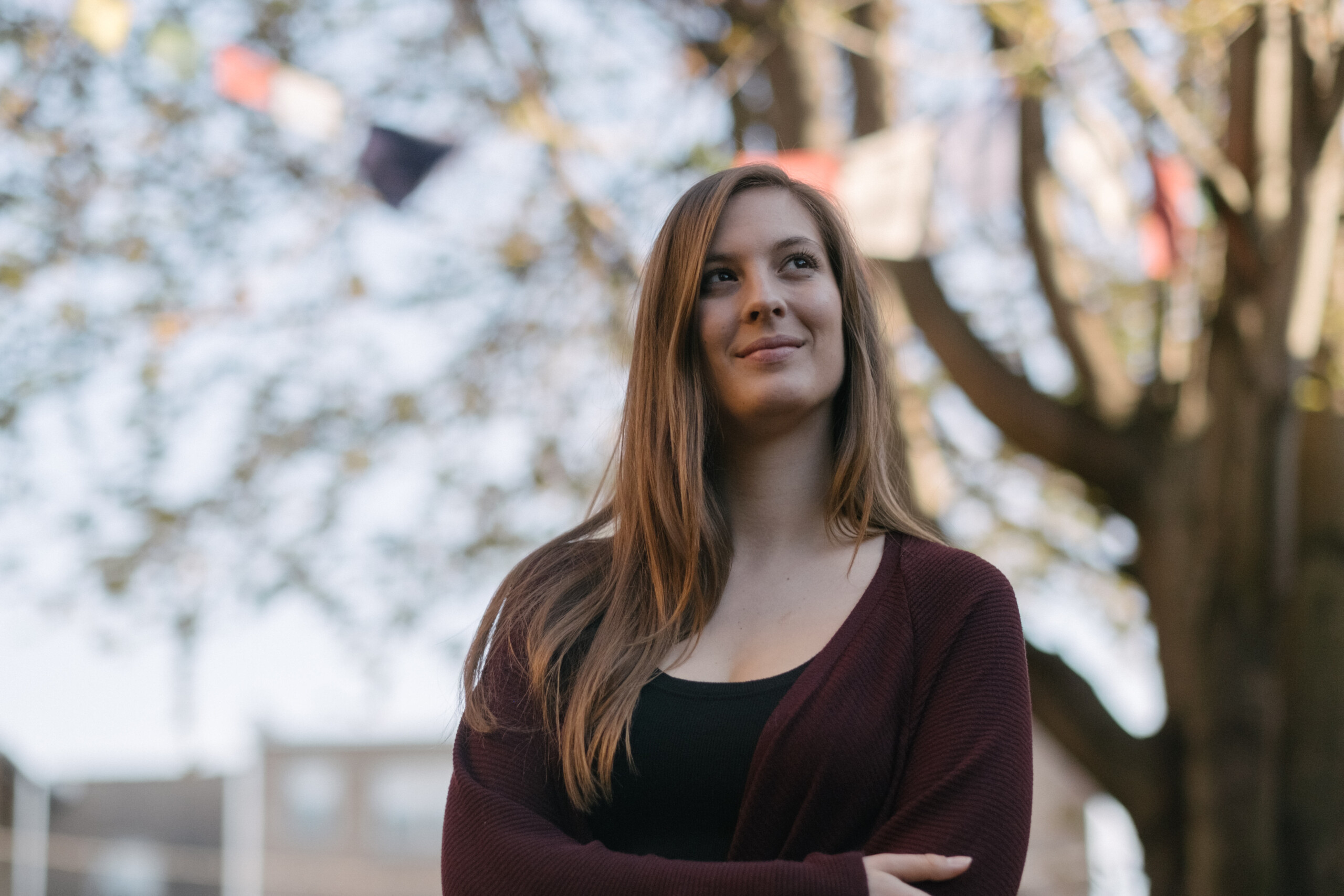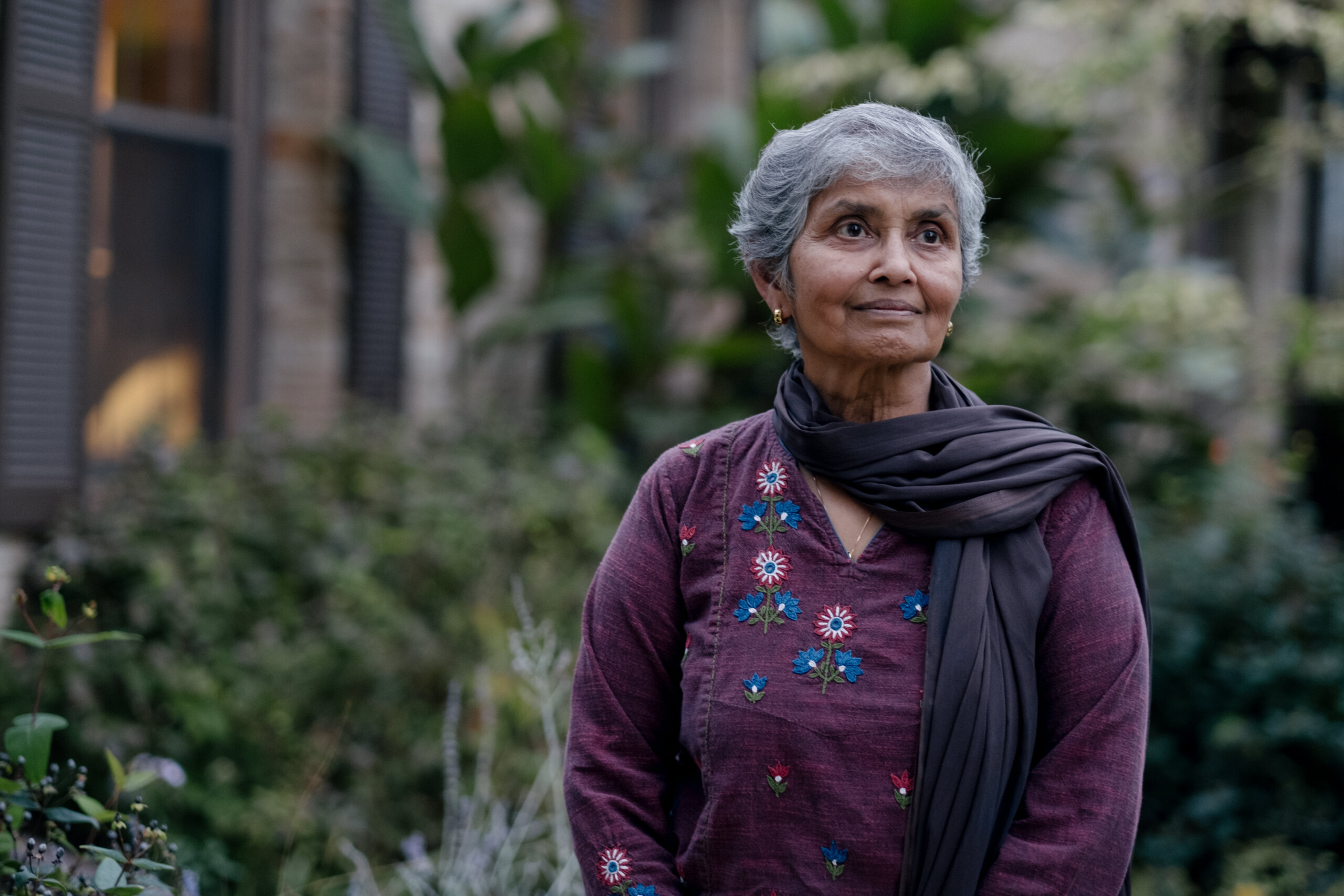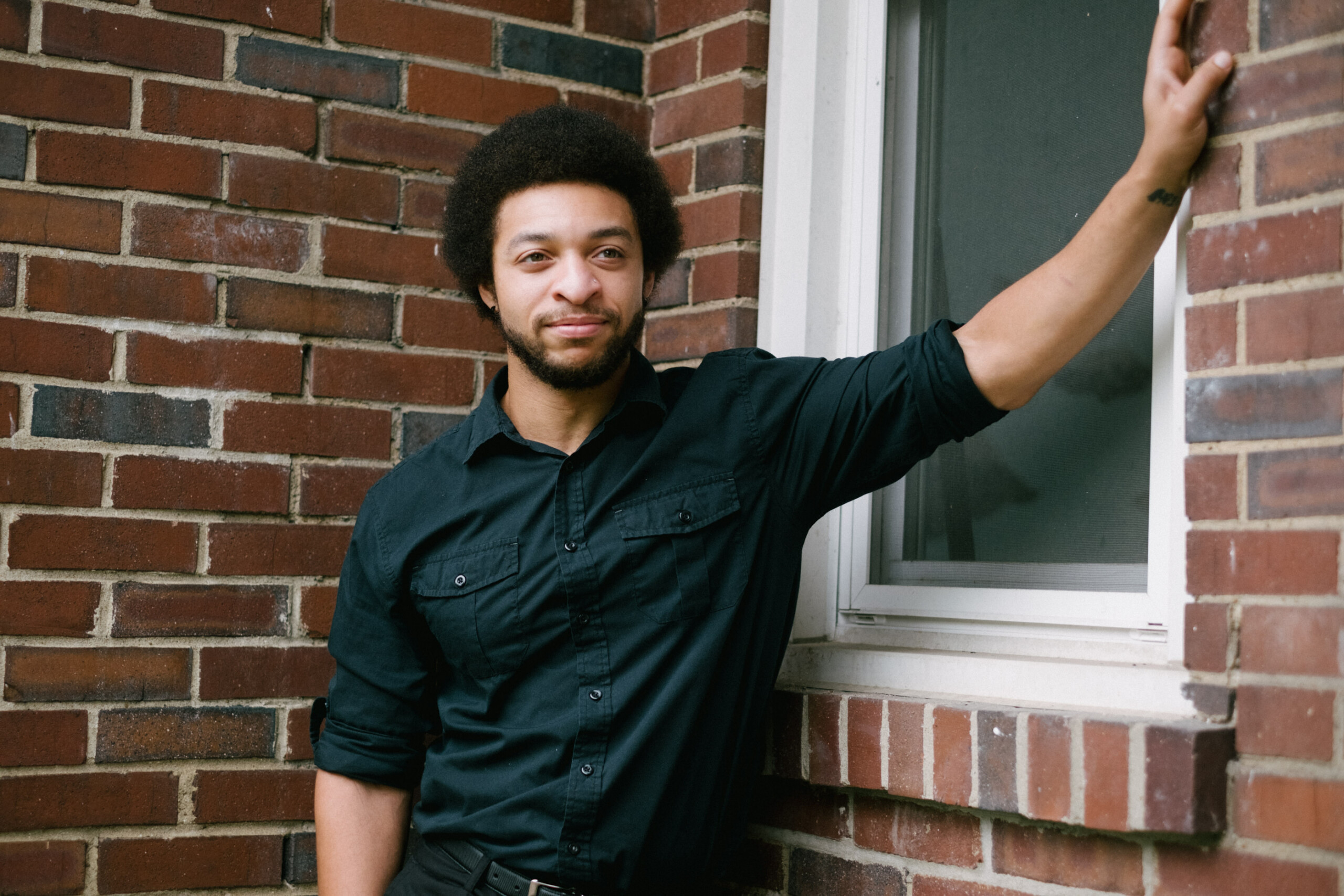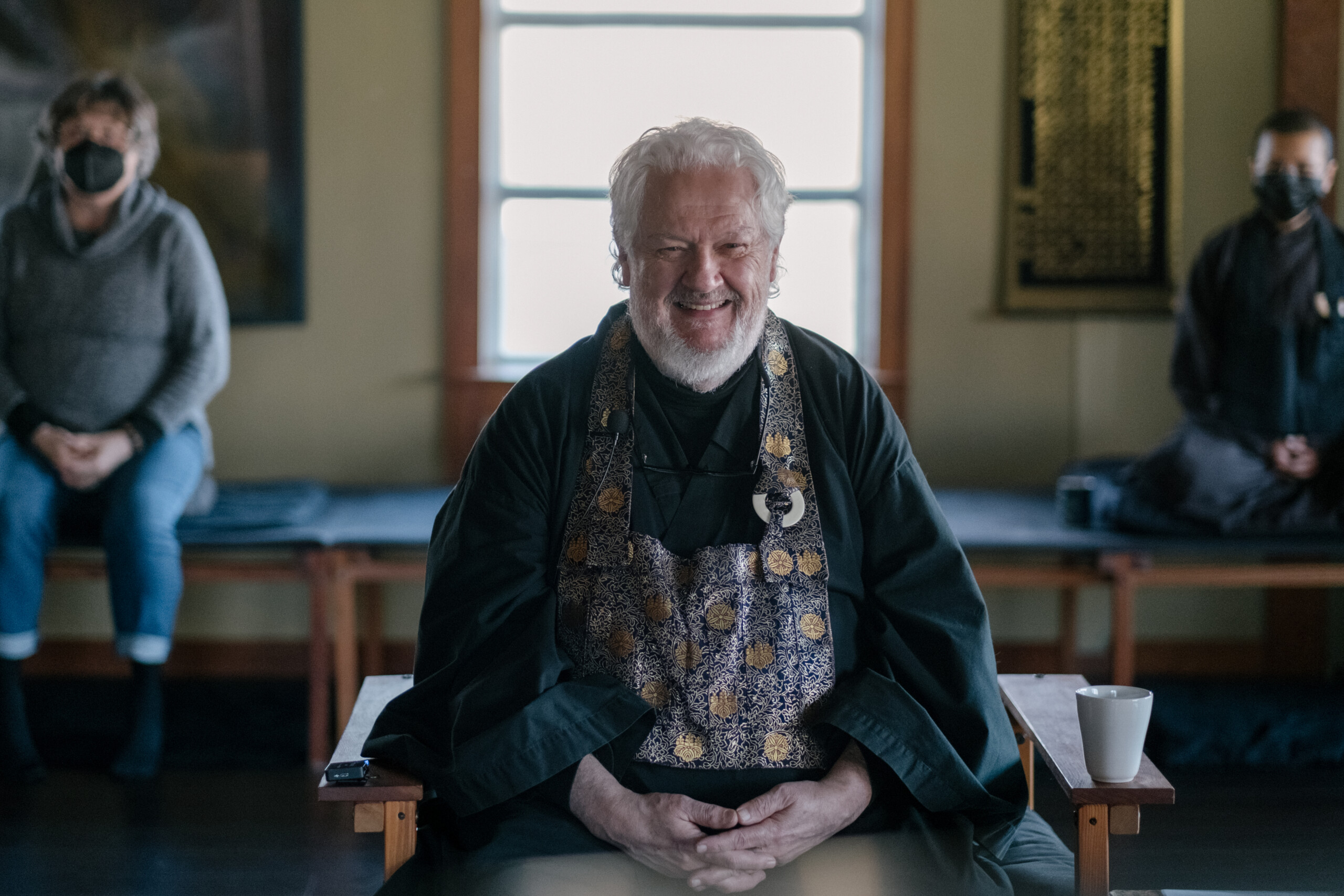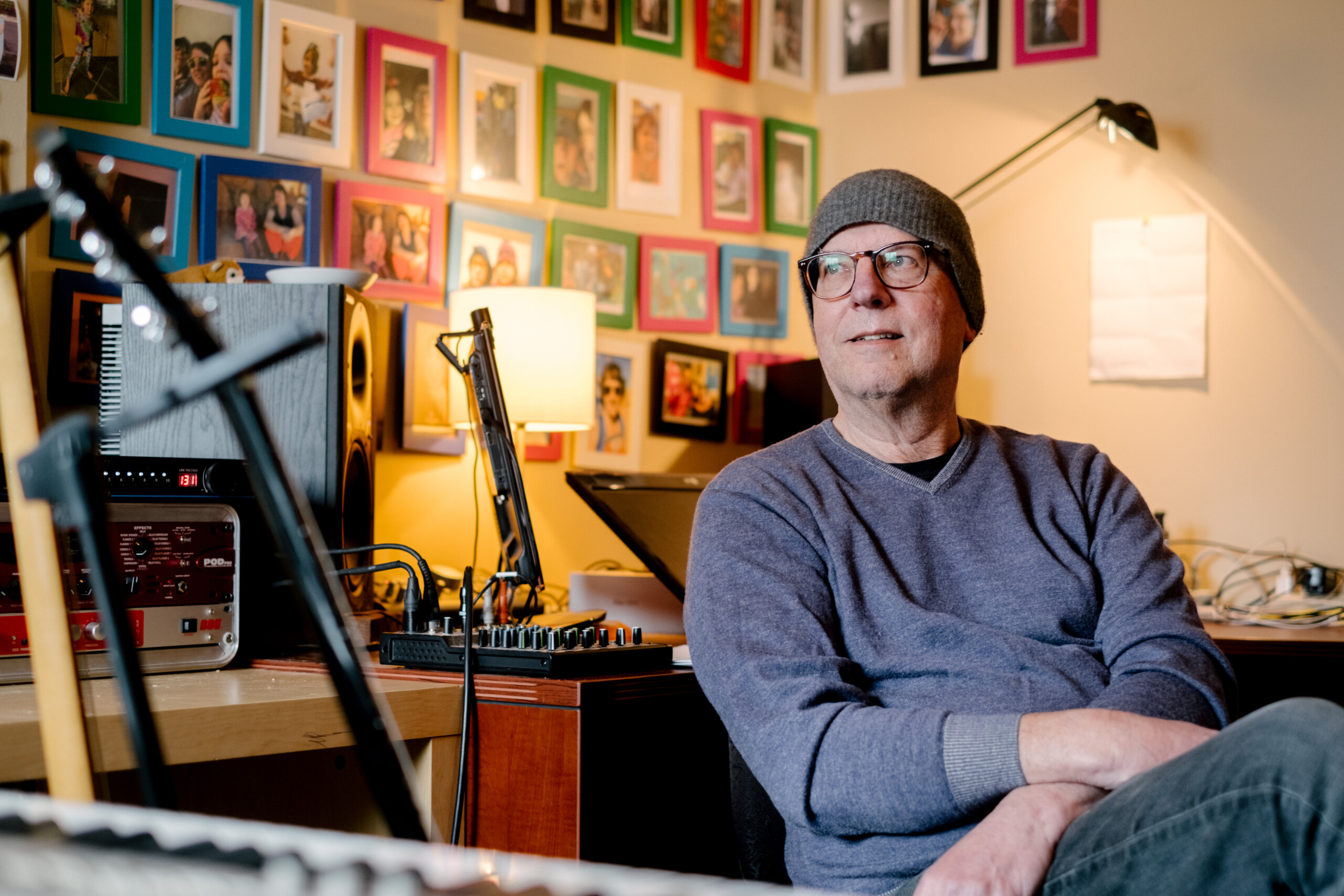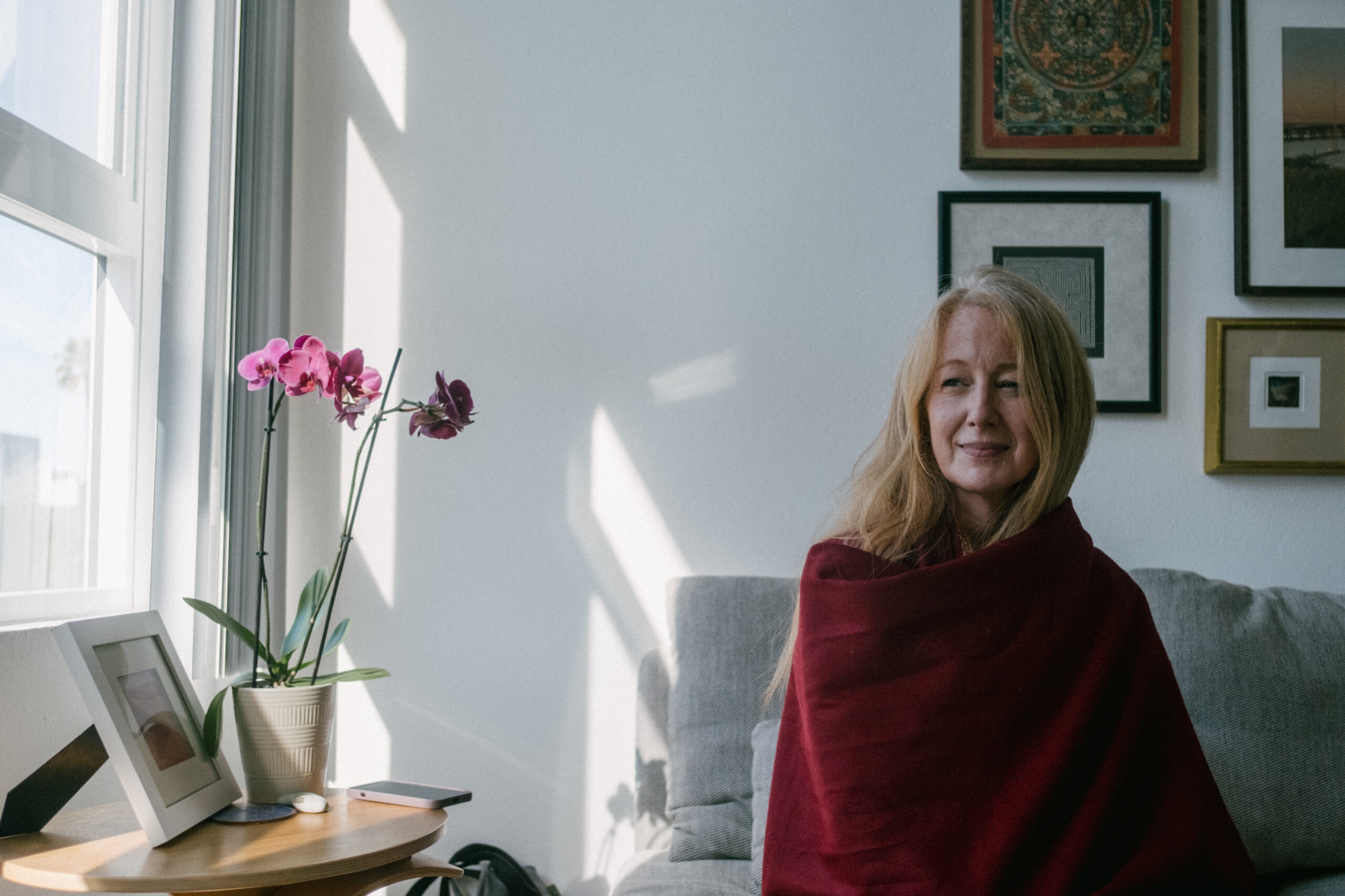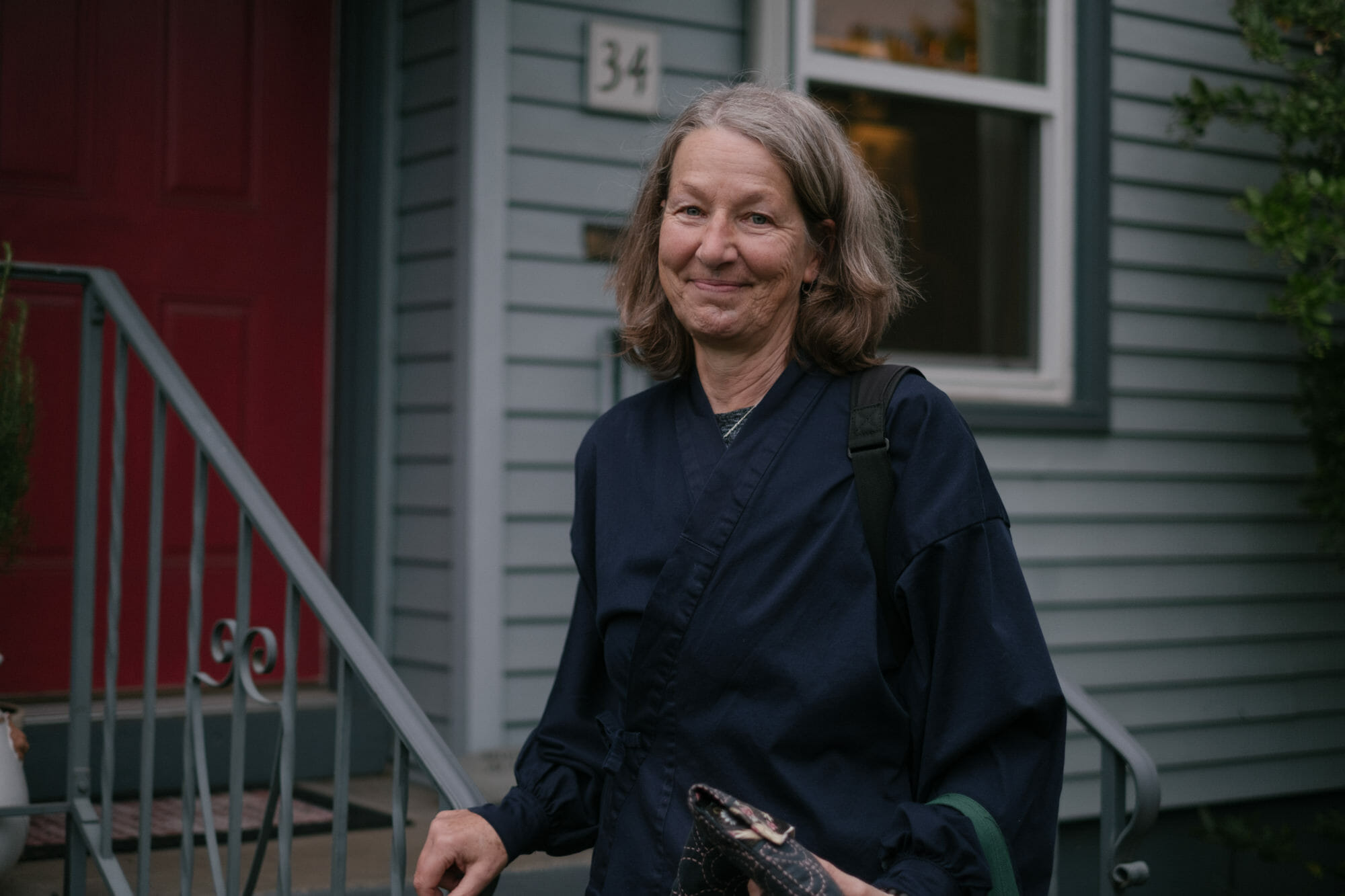When were you first exposed to dharma?
My father was an Atheist and said any religious reading was a waste of time. This was a huge seed for me to explore “religion” (Episcopal –Methodist -Divine Light from Guru Maharaji –Occult. In the small Denver Episcopal church I like the incense, vestments and pageantry . After a second trip to Japan I was enamored with Buddhism and the many Jiso statues -with the little stones placed at their feet as prayers. On my return, I went to Dharma Rain Zen Center and immediately there was an affinity. I sensed deeply that the Monks, Kyogen and Gyokuko manifested the spiritual value that I was seeking. (I had been drawn to a Buddhist retreat during my college years and actually I am so grateful that I sat at the table with Roshi Kennet and Kyogen – but at that time I did not pursue a practice).
How has the path manifest in your daily experience? Does it reflect in your work and relationships?
After 2 years at DRZC I became Gyokuko’s Lay Disciple. As an ESL (English as a Second Language) teacher I turned to Gyokuko in sanzen (private interview) to deal with my “opinions and ingrained ideas” about family planning. Many of my Evangelical Russian students had 13 plus children. I had to overcome my bias and cultural views. There were other similar situations. Being an only child and having an only child was always a shock to all my students. Having the opportunity to serve as Chief Junior for a year (2002), I was able to face some limitations and habitual patterns that I no longer needed.
As a Dharma School teacher, I found it a good fit, an consider it service to the community. I also teach beginners Meditation Practice and Starting a Practice workshops.
If you explore other lineages within Buddhism, how did you come to decide on which lineage was right for you? Secondly, who are your primary teachers and what role/influence do they have on your practice?
I did not explore other lineages. I had attended one session at KCC (Tibetian Lineage) in a small cramped house and found the altar so complicated and overwhelming. So Zen was very comforting. I followed my instincts and felt that DRZC resonated for me. I had not done much previous reading.
For a Seminary class I was to explore other lineages and attended KCC/Insight Meditation/Shingon temples. I also created a calendar with the images of many temples in Portland – Vietnamese, Tibetian,Chinese Pure Land etc. Gyokuko is my Primary teacher (as were Kyogen, Chosen and Hogan from ZCO –(our 7 day retreats, 4 times a year took place at ZCO until DRZC bought the 14 acres and built our new temple-5 years ago.) When my Mother became ill and actually died, I went to Denver. I asked Gyokuko if I could have sanzen with the monk at the Denver Zen Center. Once a Lay Disciple, one does not ask for sanzen with another Monk, without permission from your teacher. And once in front of the monk in Denver, he asked if I had permission from Gyokuko.
.
What are some of your practices/rituals that you do to support your spiritual development (meditation/prayers etc.)
Meditation, of course. At HOWZT on Thursday evenings, Sunday mornings, and evenings; Meditation is also my ‘go to’ if thinking about things I need to do/anxiety are keeping me awake at night. Loving-Kindness meditation – less regularly at HOW; I shuso when Nan leads it and fill in to lead it occasionally when the regulars (Nan and Kodo) are not available; particularly after working through Christina Feldman’s book, Boundless Heart, in a Meditation & Dharma Drop In I facilitate on Sunday evenings, I find this type of meditation becoming something I go to on a more frequent basis during my days. Meditation twice a week via FaceTime with Kip’s cousin (usually I offer some guidance). The Work of Byron Katie – which I met through this community; after attending her 9-day school, I now do the work on a regular basis with two friends I made there; this year I attended a 3-Day Camp for The Work of Byron Katie and look forward to continuing this involvement in whatever format/event/location works. YouTubes – Hogen, Chozen, Kisei, Jogen, and others from Great Vow Zen Monastery.
Sesshin – twice a year is my current intention (and practice).
Which sangha do you normally attend ?
Sangha is the key to one’s own transformation because as you witness others transform and deepen practice, you are supported and motivated to stay focused. We have a “Term Student” program yearly when participants share their spiritual journey and any “Karmic” patterns they are aware of. Having shared these experiences with other members I have been witness to unbelievable harm done to these people and have grown more deeply aware of suffering.
I also traveled with one of the Ancestral Pilgrimages to Japan with Kyogen and Gyokuko and DRZC members. The temples were ornate and the grounds so fantastic. When we sat down with one “Dharma cousin” the monk asked how it was that there are so many practitioners in America. In Japan members are more likely to only attend temple for weddings, funerals and New Years.
What is your primarily profession?
B.A. and Masters in Deaf Education at Lewis and Clark College. I have always served “less advantaged” students. Just out of high school I went on an American Friends Service Project to Mexico. The community was not on a map, had no running water or toilets. This gave me a grounding to value other cultures and circumstances. Readers Aide for elementary school students. (children in homes with no books). Head Start as Education Coordinator in Woodburn – community of Old Believers (Russian decent) and Mexican children. ESL teacher of students from at least 13 different languages. As mentioned before, I looked deeply into my White privilege and worked from my heart with curiosity and interest in each culture. I saw to it that PCC (Portland Community College) had a meditation room specifically designed for the women Muslim students, who had prayer at 7:00 –which was during the evening class time.
My artist passions have led me to be immersed in Asian culture. I have had 11 travels to 6 Asian countries. I organized the first International Women’s Art Exhibition in the USA for Korean and American artists. Then the first International Women’s Art Exhibition for 125 artists from 23 countries. This led to my travels to Korea, Vietnam, and Taiwan, where my work was shown in the galleries.. My art also went to Shenzen China with my Chinese calligraphy teacher.
Do you think your personality or background influence the lineage/practices that resonate with you?
I think Zen has been instrumental in establishing my strong sense of aesthetics and creativity. The study of the sutras and teachings have brought clarity and helped me find the words for what transpires as one practices and transforms oneself
Background
Karen, from a young age, found herself drawn to the Episcopalians, captivated by the beauty of a small church in Denver with incense, candles, and vestments. Her interest in sewing, fueled by a passion for fashion, led her to contemplate creating vestments. In high school, she sought camaraderie at a Methodist church but felt a deeper calling while observing teachers in Portland.
Her spiritual journey took a significant turn in Japan, where the sight of Jesus on street corners and prayer rocks left a lasting impression. The Zen center became a sanctuary, offering a sense of completeness with its form, stillness, bowing, and informative incense. During a confusing period in her marriage, residing in a Zen center for a year grounded her.
Karen explored various spiritual lineages, appreciating their unique flavors but finding solidity in Zen. Altars, devoid of excessive visual elements, provided the mindfulness she needed. Wearing black robes symbolized mindfulness and collaboration, emphasizing the importance of doing one’s internal work.
Despite the serious appearance, the Zen community embraced playfulness and silliness. Learning from the Sangha, witnessing transformations, and sharing karmic threads became radical and life-changing. The suffering of others, though emotionally challenging, highlighted the transformative power of communal support.
In the pursuit of authenticity, Karen moved towards calligraphy in the art world, viewing it as a profound discipline. Zen’s discipline became internalized, shaping her life around it. The intellectual grounding, while ever-present, opened a spaciousness that she trusted, bringing faith and sustaining her.
Meditation and practices allowed Karen to navigate complexities without being thrown off course. Over time, she honed the ability to release herself from the grip of challenges, recognizing the consistent clarity gained from Zen as a profoundly important aspect of her life.
Lineage
Karen describes her spiritual practice as informative, emphasizing that it isn’t intellectual but rather a deep understanding of sutras, akin to poetry, written by individuals from the 11th to 13th centuries A.D. The lineage is a crucial aspect of her tradition, with temple visits during pilgrimages reinforcing connections to past teachers and considering them as spiritual cousins.
Her teachers were trained at Chester Abbey by Roshi Kennett, a groundbreaking woman in the field who obtained transmission at 80. The training involved overcoming challenges, and Karen’s teacher, Gil KuCoin Kalkan, trained in a monastery and later founded Dharma Rain Zen Center. Despite being lay disciples, the center has trained five monks, showcasing the unique approach to monk training.
Becoming a lay disciple involves symbolic acts like cutting a part of one’s hair and placing a valued item on the altar, recognizing the path that led to the present moment. Loyalty to the teacher and temple is emphasized, requiring permission for certain activities. Karen highlights the invaluable support she received from Buddhist teachers when her mother passed away.
The rituals in her tradition are colorful and significant, drawing her deep affection. They include ceremonies such as Buddha’s birthday, Buddha’s death, Sakaguchi for honoring the deceased, and Mondo exercises where practitioners engage in dialogues about selected sutra lines, deepening their understanding through shared insights. The ceremonies involve collective participation, fostering a sense of community and shared spiritual experience.
Personal Adversity
Karen reflects on her journey as a Buddhist and the impact it had on her son. Despite challenges with a controlling and overpowering father, Karen’s loyalty kept her in the marriage for her son’s sake. Her son, influenced by her Buddhist values, made a significant change in his relationship with his father before the latter’s death.
The father, who once relied on his intellect, became emotionally vulnerable in his final moments. Karen’s son, having learned from her, confronted his father’s hurtful behavior and set boundaries. Karen acknowledges the perseverance and faith that sustained her through the difficulties, understanding that she could only manage her own karma.
As a caregiver, Karen faced the challenges of 24-hour care and habitual patterns. With the end of that chapter, she feels free and has gained clarity on what captivated her attention and kept her stuck. Her consistent practice of Buddhism proved essential during this challenging time, providing faith and a new perspective.
Karen emphasizes a mantra she adopted from Ruth King, recognizing that life is “not personal, not permanent, not perfect.” This perspective allows her to approach difficulties with a light heart, acknowledging other people’s suffering without being overwhelmed. Despite past intimidation by her father’s literary prowess, her Buddhist teacher gently guided her to express herself with clarity, offering kindness and understanding that she had never known from others. The support from her teacher played a crucial role in helping Karen navigate the challenges of her marriage and find her voice within her Buddhist practice.
Creative Expression
Karen finds the discipline of Chinese calligraphy to be profoundly meditative, offering a unique satisfaction in expressing words. Initially approaching it with a Western mindset, trying to understand characters intellectually, she later realizes the Eastern philosophy behind it—letting go of the mind and embracing body repetition. This shift becomes a key element in her artistic expression.
Karen recognizes that the mind plays no role in artistic expression. This realization frees her to create without overthinking. Her artistic journey includes seven years as a ceramicist, designing costumes and capes, exploring multimedia, and delving into photography. She draws inspiration from her father’s literary influence, incorporating unconventional materials like feathers and tree bark into her creations.
Despite the various artistic pursuits, Karen acknowledges the significant time commitment that her passion for dance demands. This multifaceted exploration of art reflects her journey from intellectual understanding to a more intuitive and embodied approach, ultimately enhancing her artistic expression.
Creative Expression
Karen finds the discipline of Chinese calligraphy to be profoundly meditative, offering a unique satisfaction in expressing words. Initially approaching it with a Western mindset, trying to understand characters intellectually, she later realizes the Eastern philosophy behind it—letting go of the mind and embracing body repetition. This shift becomes a key element in her artistic expression.
Karen recognizes that the mind plays no role in artistic expression. This realization frees her to create without overthinking. Her artistic journey includes seven years as a ceramicist, designing costumes and capes, exploring multimedia, and delving into photography. She draws inspiration from her father’s literary influence, incorporating unconventional materials like feathers and tree bark into her creations.
Despite the various artistic pursuits, Karen acknowledges the significant time commitment that her passion for dance demands. This multifaceted exploration of art reflects her journey from intellectual understanding to a more intuitive and embodied approach, ultimately enhancing her artistic expression.
Retreats
Karen shares insights into the community’s engagement with retreats, emphasizing their significance as transformative experiences. The community members plan vacations around these retreats, which vary from seven-day silent retreats to single and half-day sessions, making the practice more accessible for newcomers.
During retreats, participants engage in exercises that lead their minds into a stillness they cannot will to happen. The retreats involve teachings, readings, and nightly lectures, creating an immersive experience. At the end of the retreat, individuals stand before the leading monk, asking questions that can be provocative, providing a chance for collective learning and witnessing others’ practices.
A noteworthy practice involves the Mondo exercise, inspired by Tibetan traditions. Participants choose lines from shared scriptures, reciting them and inviting questions from others about their understanding, choice, and personal connection to the teachings. This practice extends to Karen’s local community in Delran, occurring monthly and offering a profound way to deepen understanding.
Karen also touches upon the community’s ceremonies, highlighting significant events like Buddha’s birthday, Buddha’s death, and Sakaguchi, honoring deceased individuals. Special sutras, not commonly recited on Sundays, add depth to the ceremonies. Participants actively engage by offering incense to the altar, fostering a sense of communal participation in these sacred rituals.
Retreats
Karen shares insights into the community’s engagement with retreats, emphasizing their significance as transformative experiences. The community members plan vacations around these retreats, which vary from seven-day silent retreats to single and half-day sessions, making the practice more accessible for newcomers.
During retreats, participants engage in exercises that lead their minds into a stillness they cannot will to happen. The retreats involve teachings, readings, and nightly lectures, creating an immersive experience. At the end of the retreat, individuals stand before the leading monk, asking questions that can be provocative, providing a chance for collective learning and witnessing others’ practices.
A noteworthy practice involves the Mondo exercise, inspired by Tibetan traditions. Participants choose lines from shared scriptures, reciting them and inviting questions from others about their understanding, choice, and personal connection to the teachings. This practice extends to Karen’s local community in Delran, occurring monthly and offering a profound way to deepen understanding.
Karen also touches upon the community’s ceremonies, highlighting significant events like Buddha’s birthday, Buddha’s death, and Sakaguchi, honoring deceased individuals. Special sutras, not commonly recited on Sundays, add depth to the ceremonies. Participants actively engage by offering incense to the altar, fostering a sense of communal participation in these sacred rituals.
Parenting
Karen reflects on her family dynamics, particularly her son’s journey and her influence as a Buddhist. She observes that many people in her community aren’t interested in religion, including her husband, John. Despite not imposing her beliefs on her son, Karen shares a moment during his teenage years when she unintentionally conveyed her views on beauty and body image, realizing later that it was her karma influencing her perspective.
Karen acknowledges the importance of Buddhism in fostering open communication and understanding within her family. She shares a heartfelt moment when she confronted her son about her past judgments, leading to mutual tears and a sense of healing. Her son, being her protector since an early age, has become a source of support and understanding.
Karen recognizes that Buddhism indirectly shaped her son’s perspective, especially during stressful times. She cites an example where the Buddhist principle of right livelihood influenced her son’s choices, highlighting the importance of sharing without imposing expectations.
As a parent, Karen reflects on the delicate balance between guiding and allowing her son to navigate his own path. She notes the challenge of overcoming expectations and the healing required when parents are overly driven. The evolution of her son’s career choices and her ability to step back demonstrate the importance of creating a spacious and supportive environment within their relationship, ultimately understanding that her expectations were linked to her own karma.


